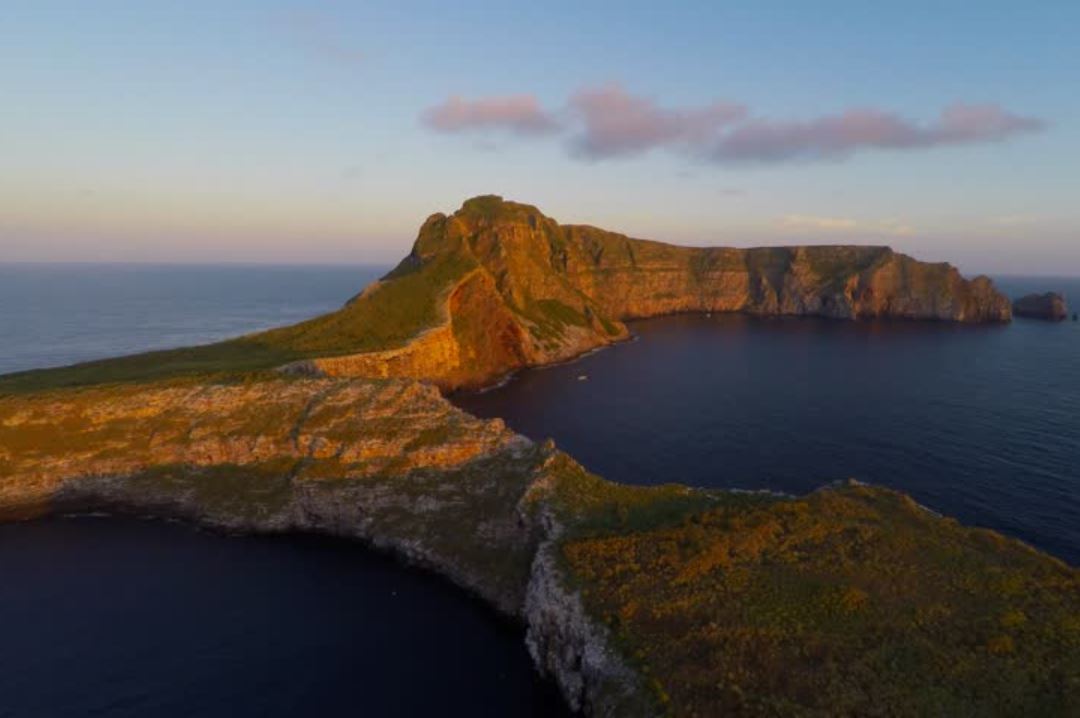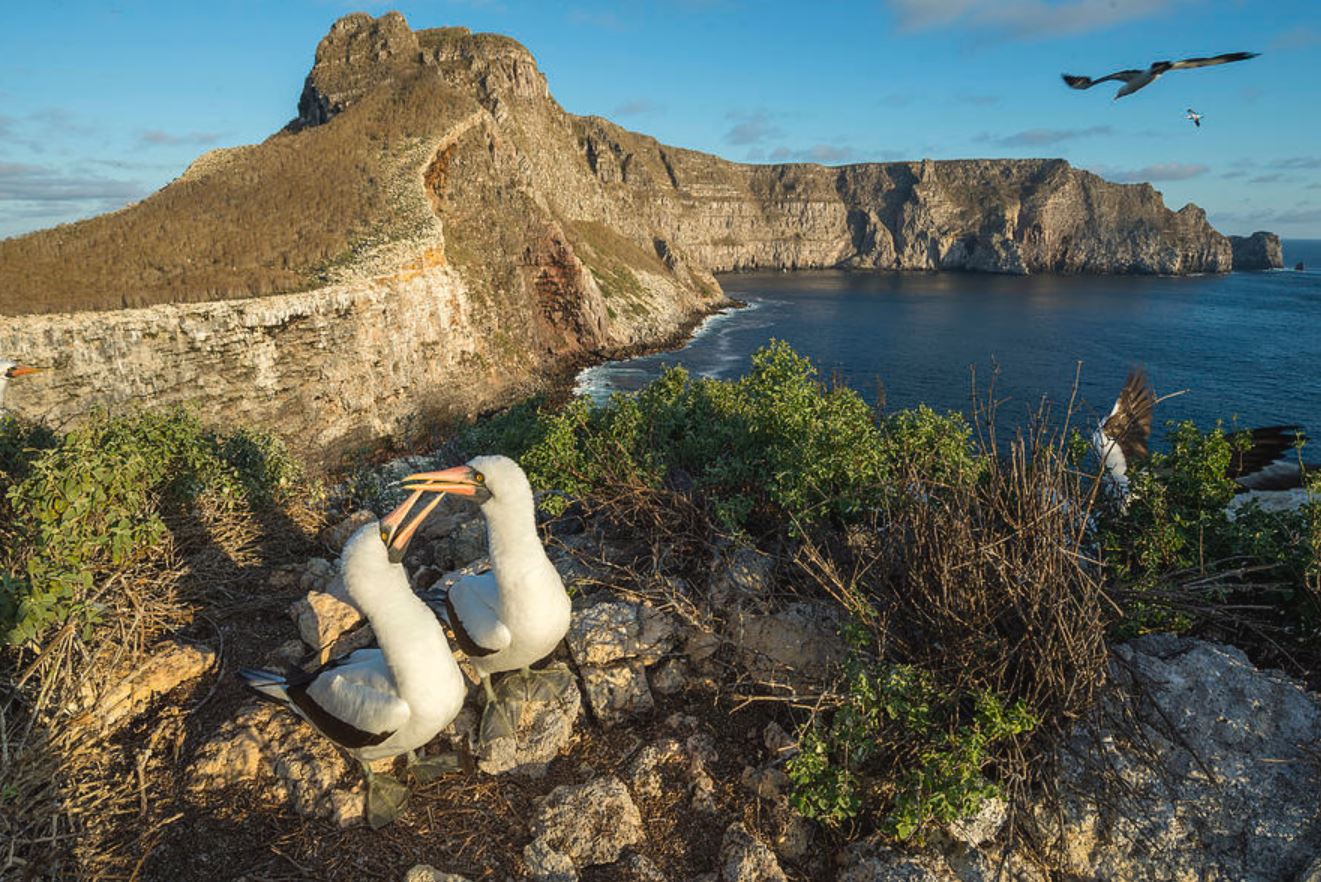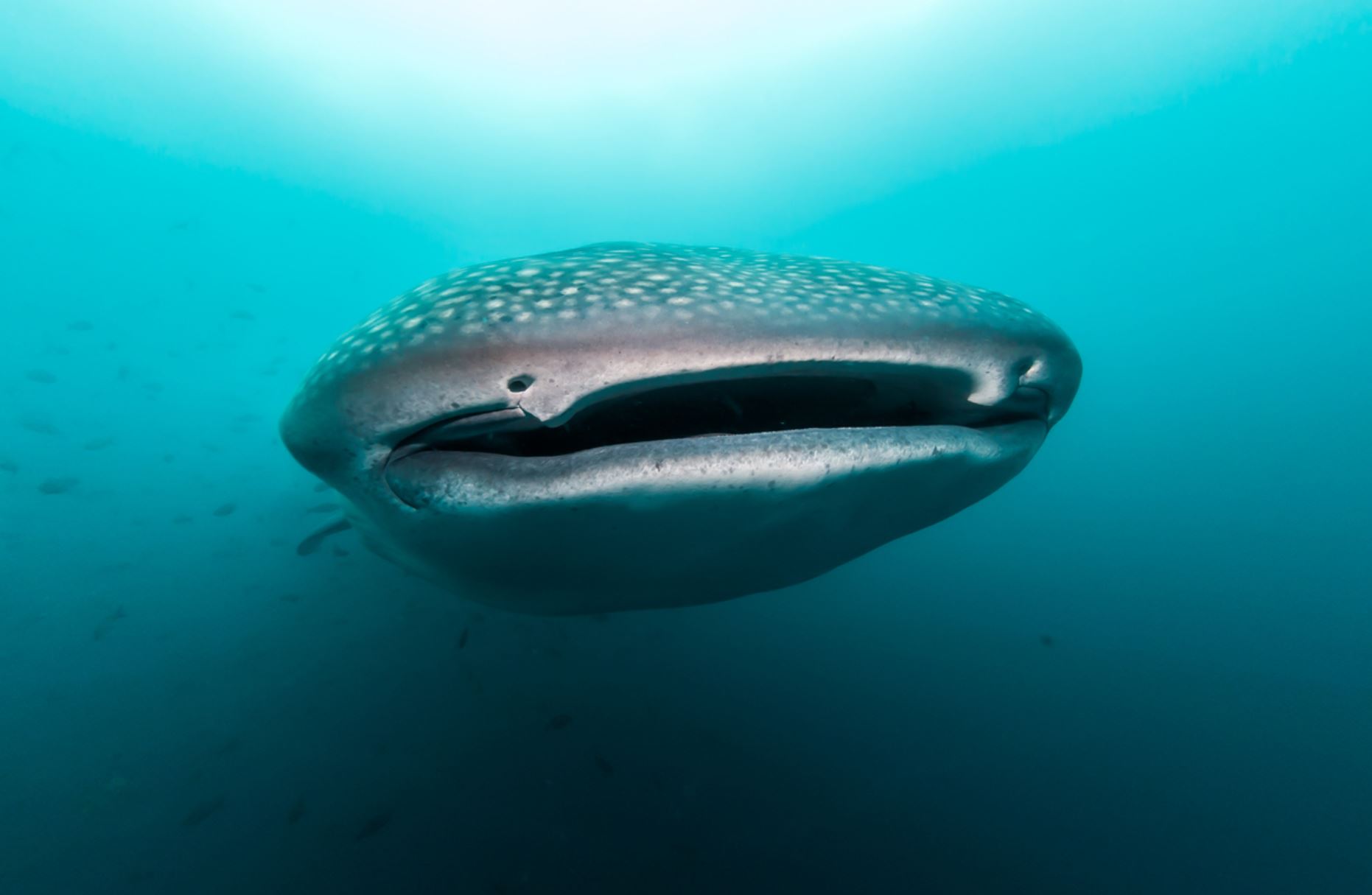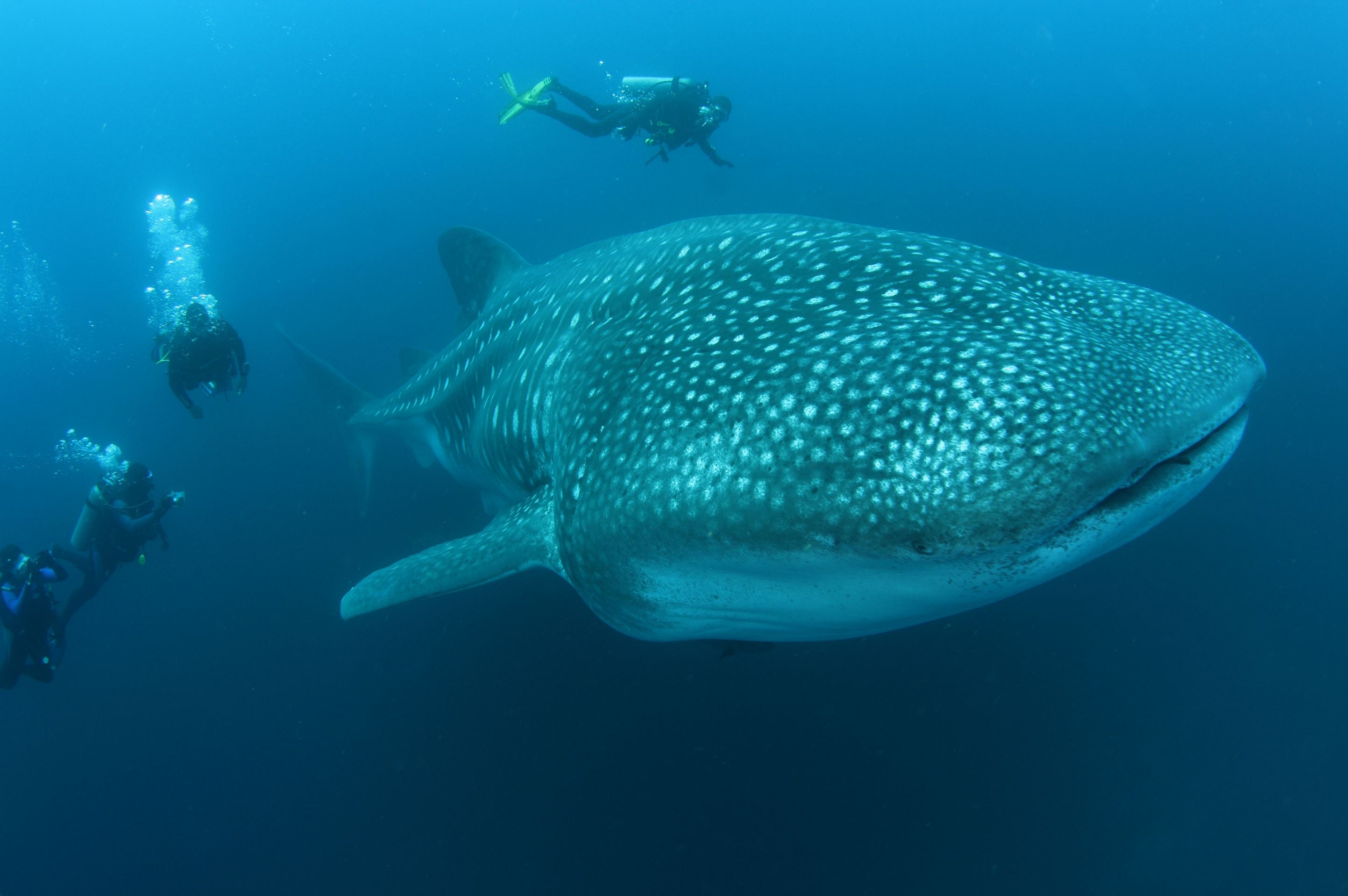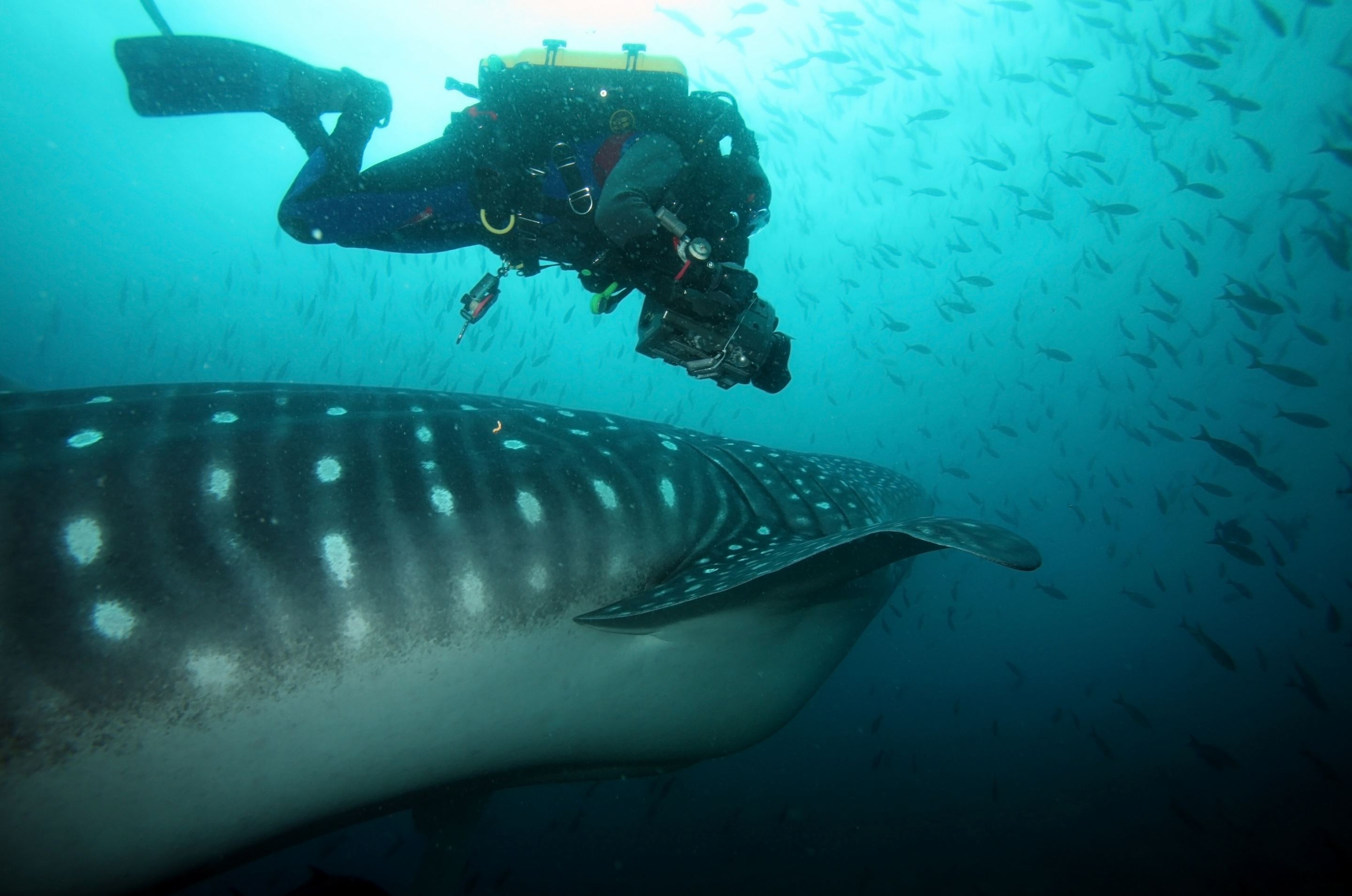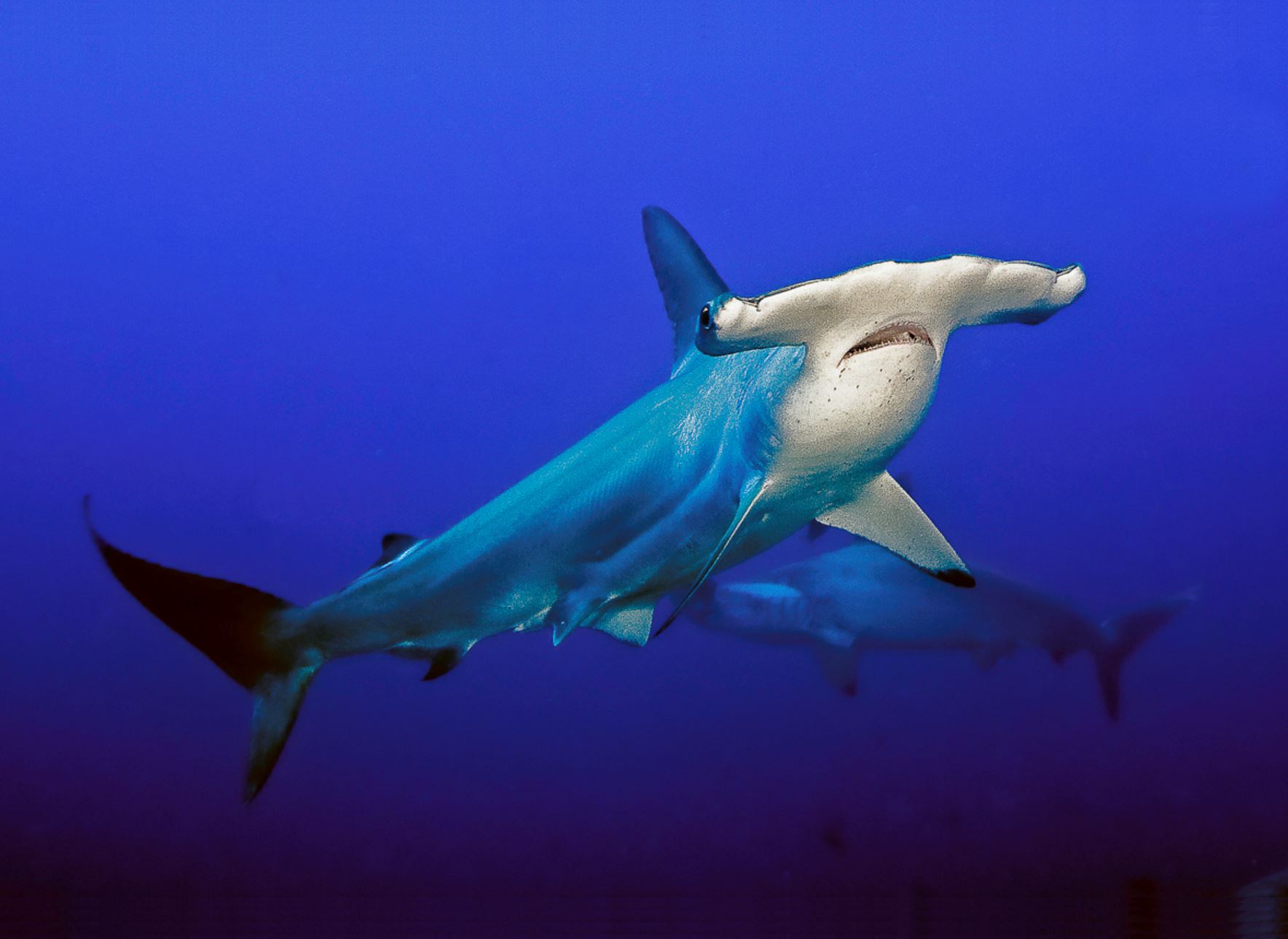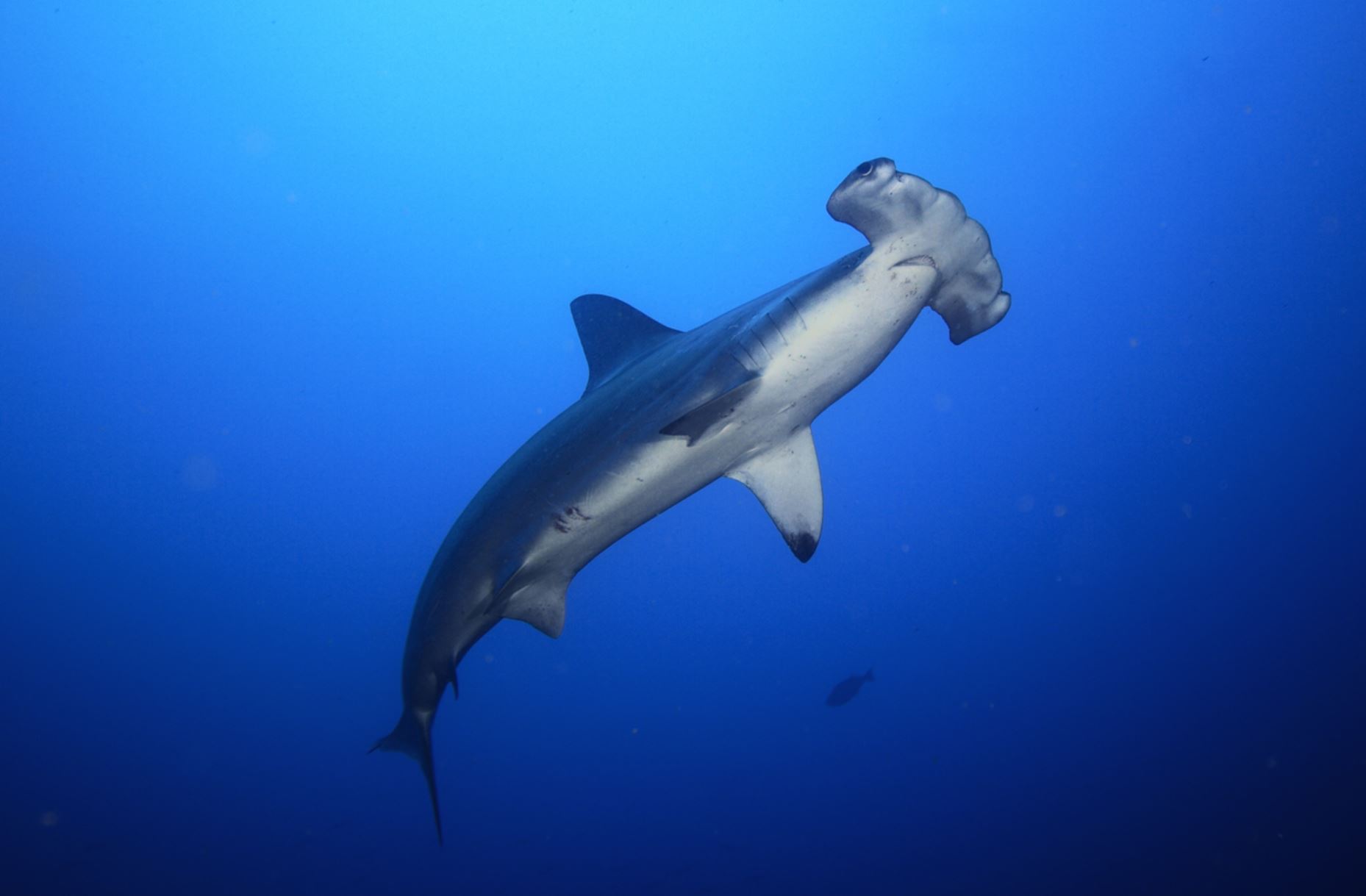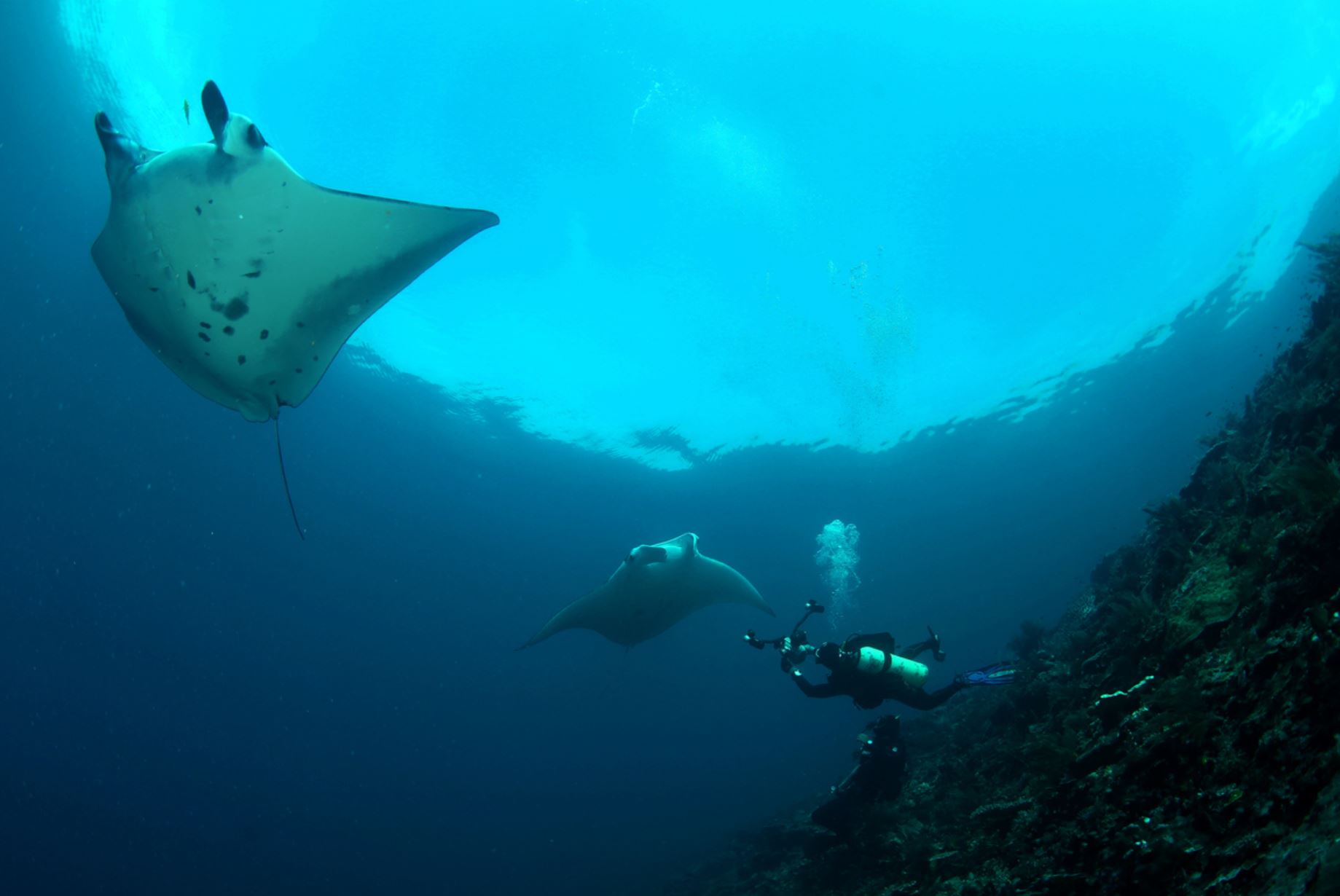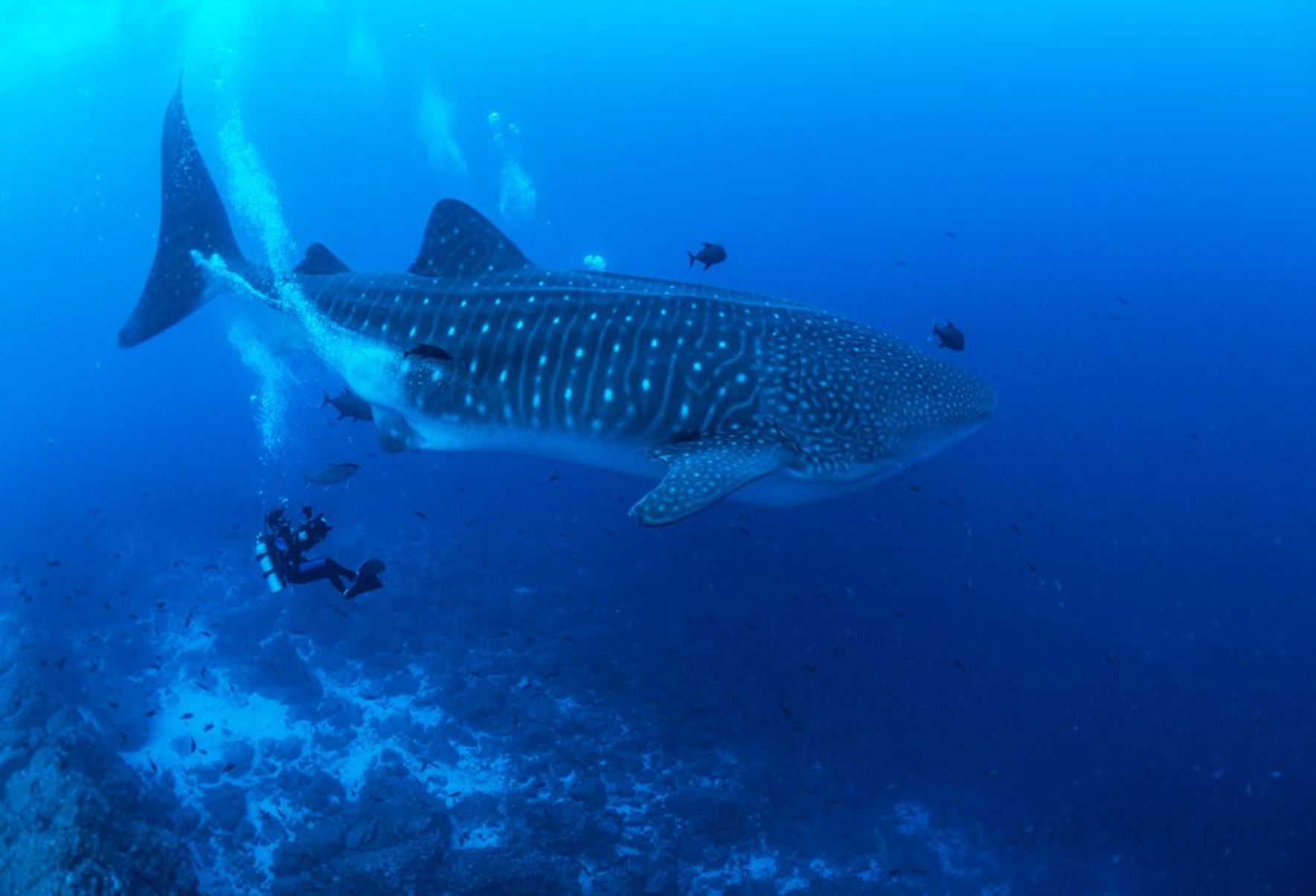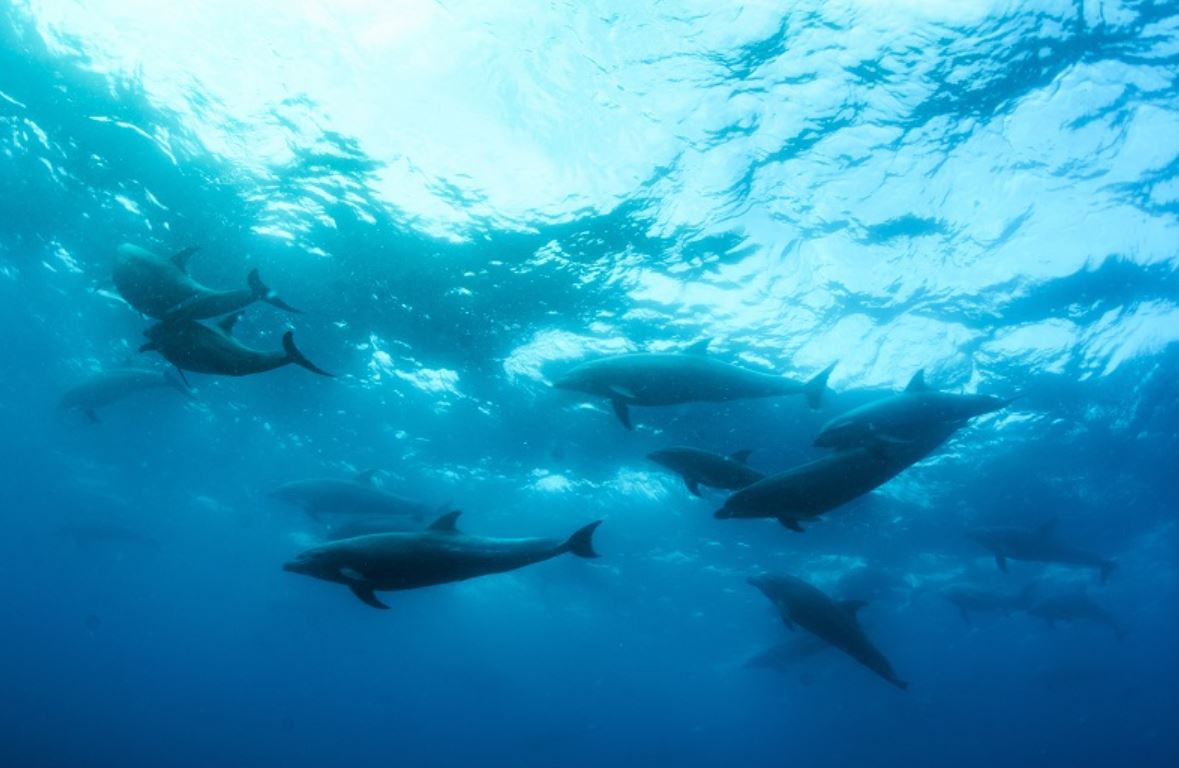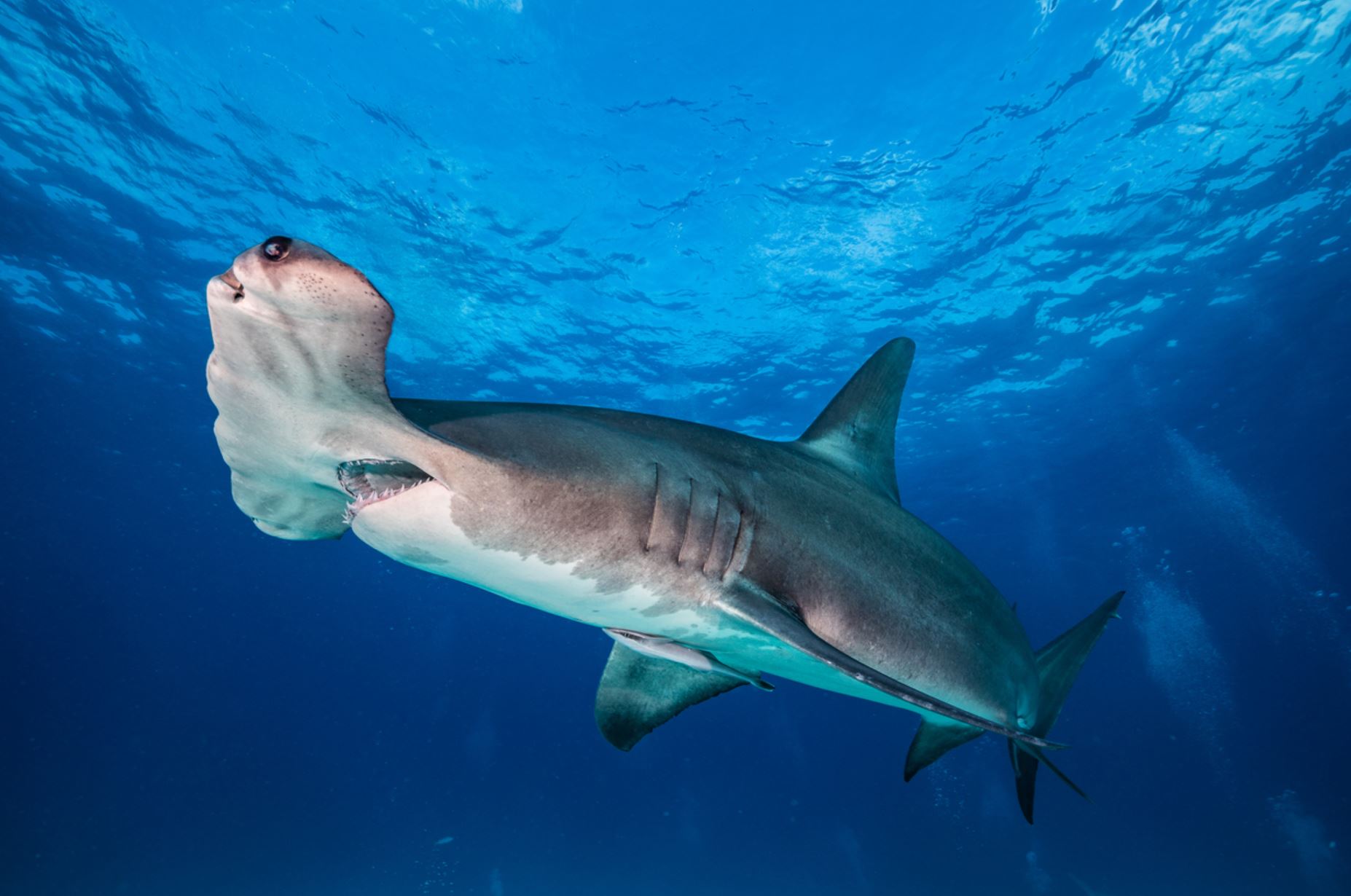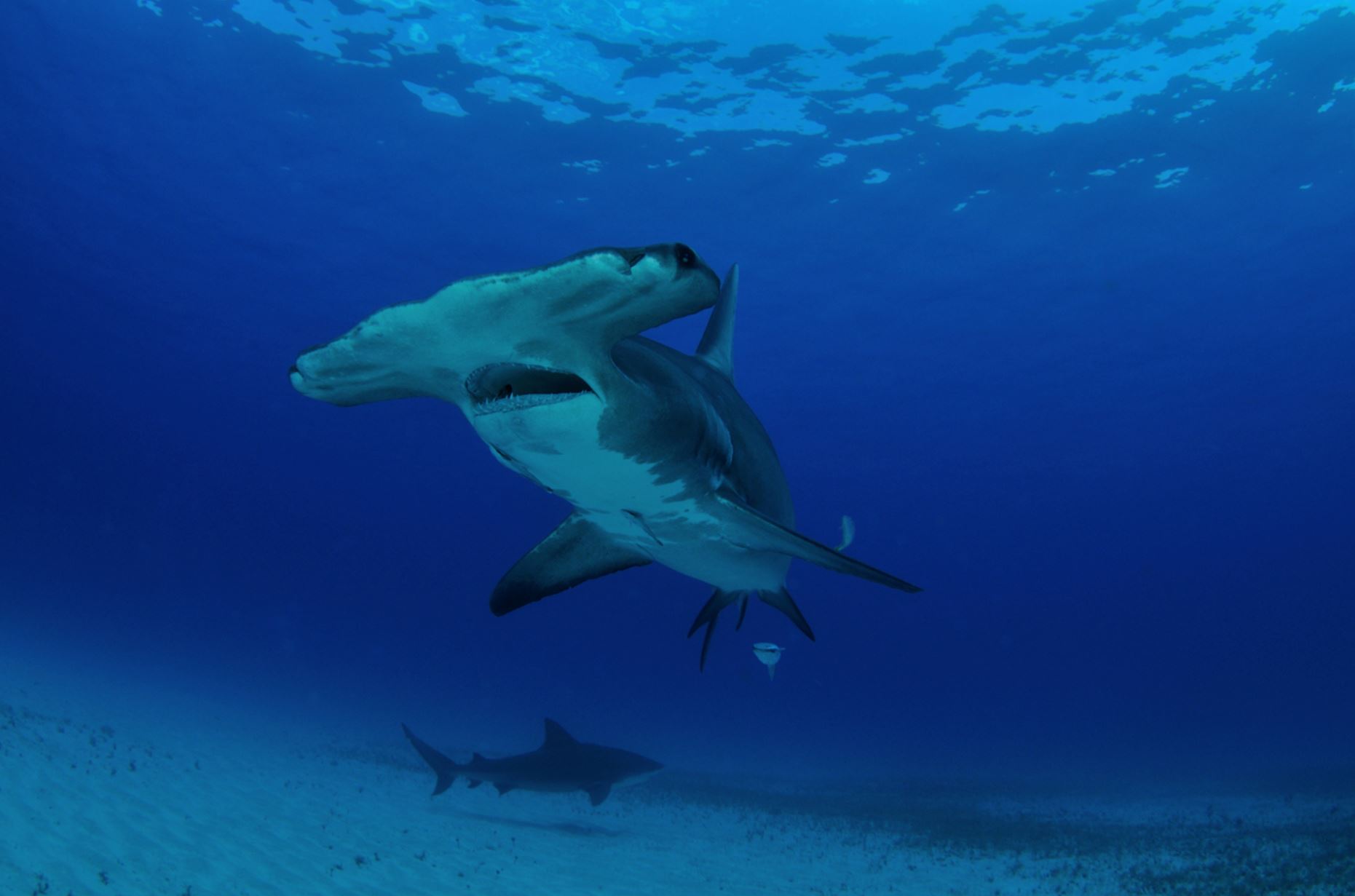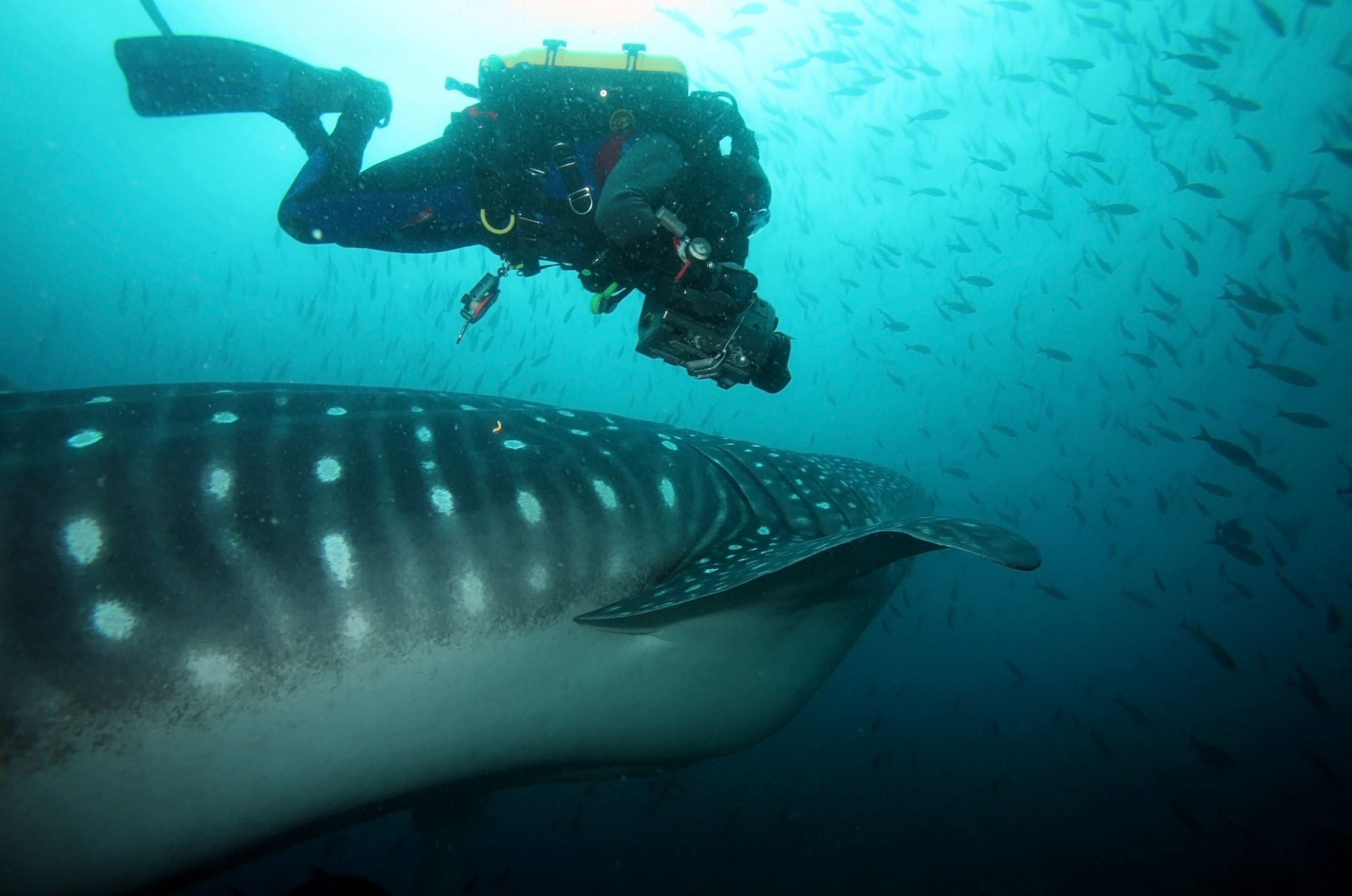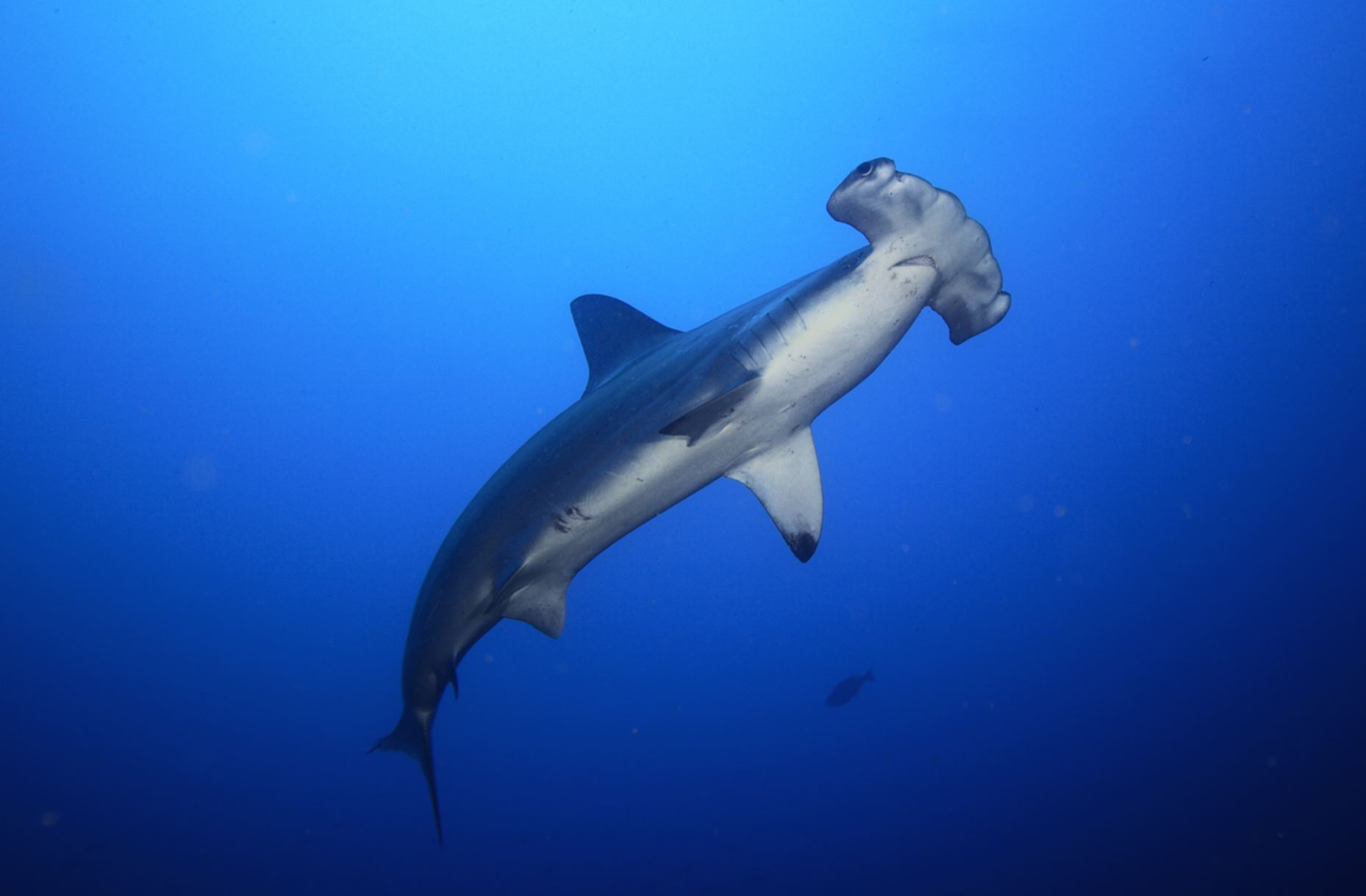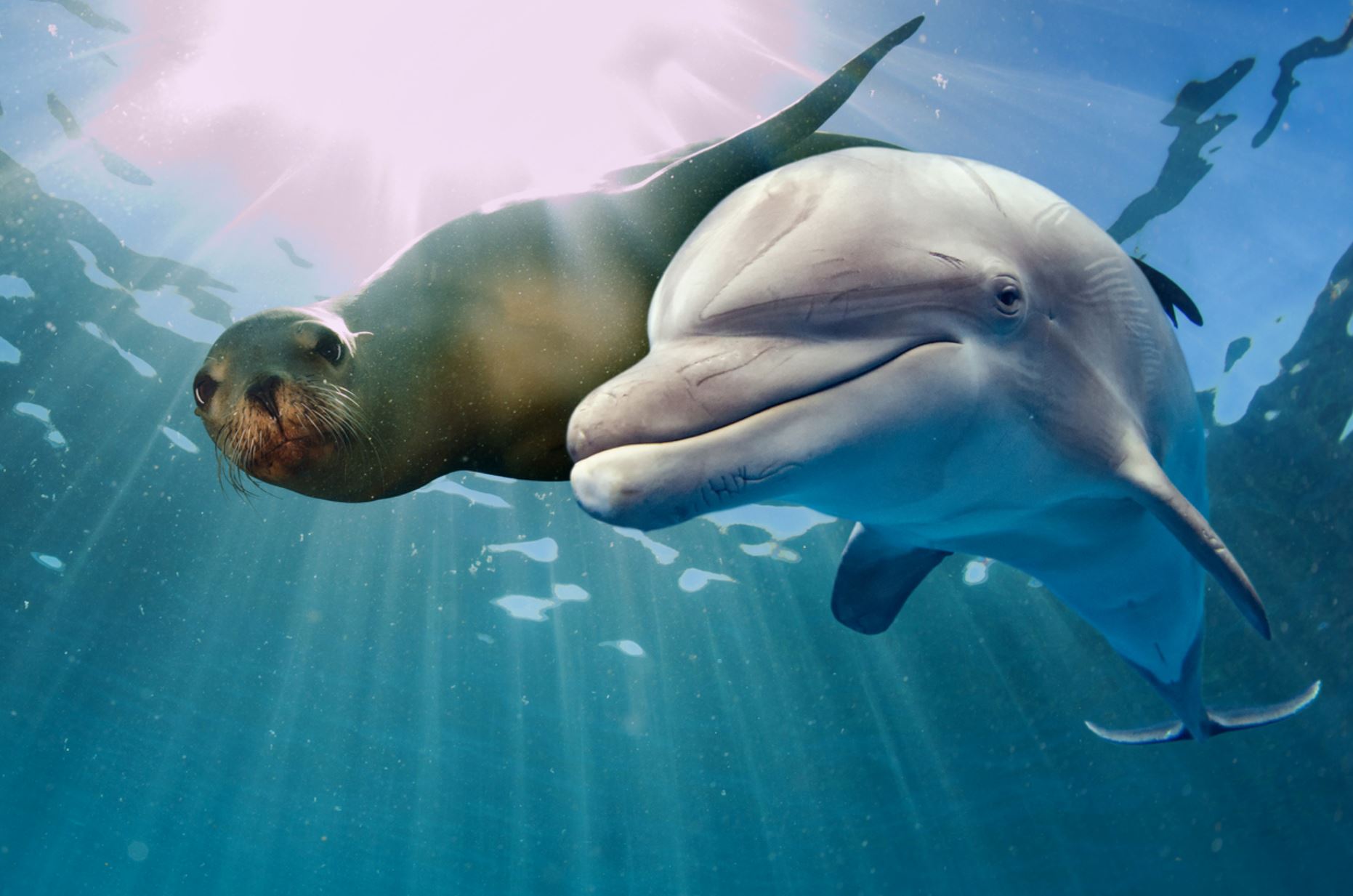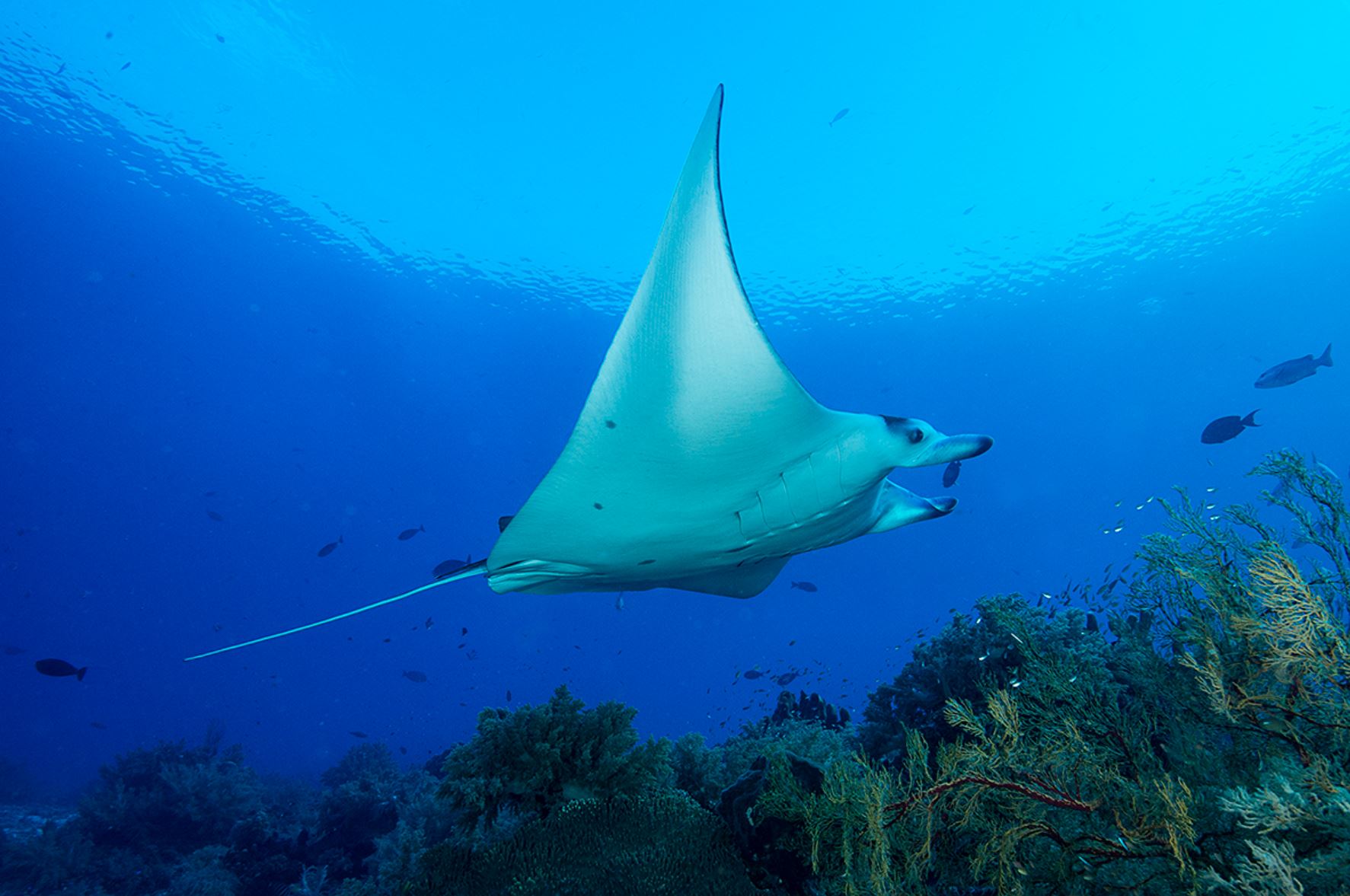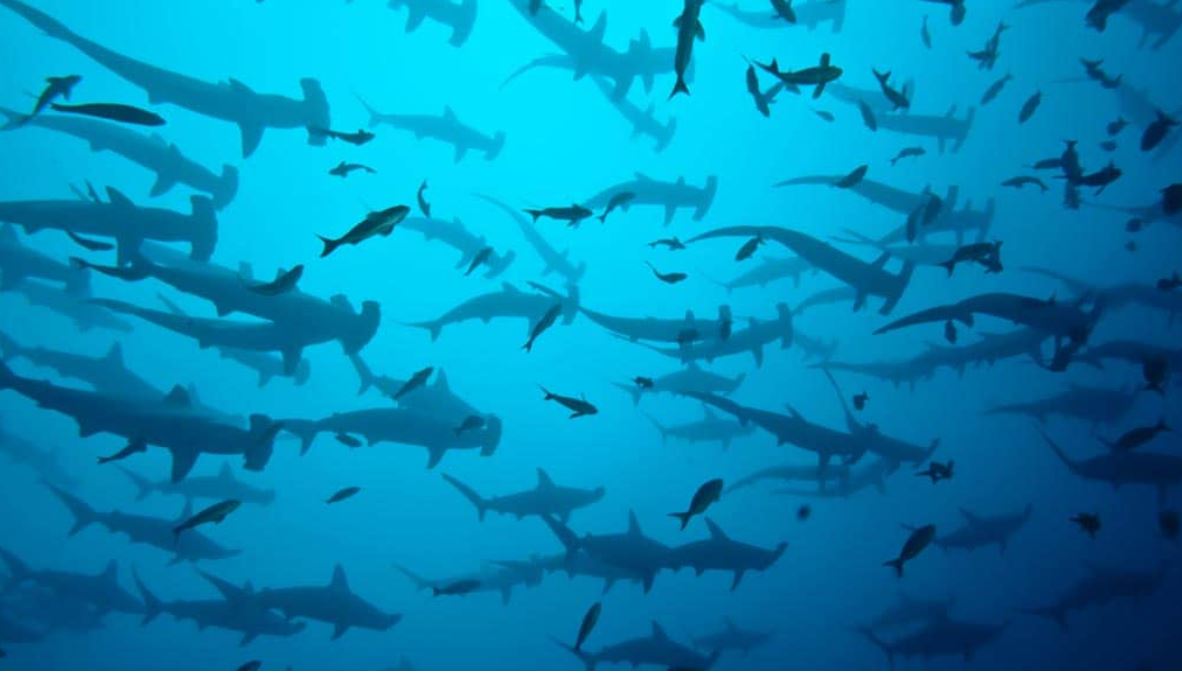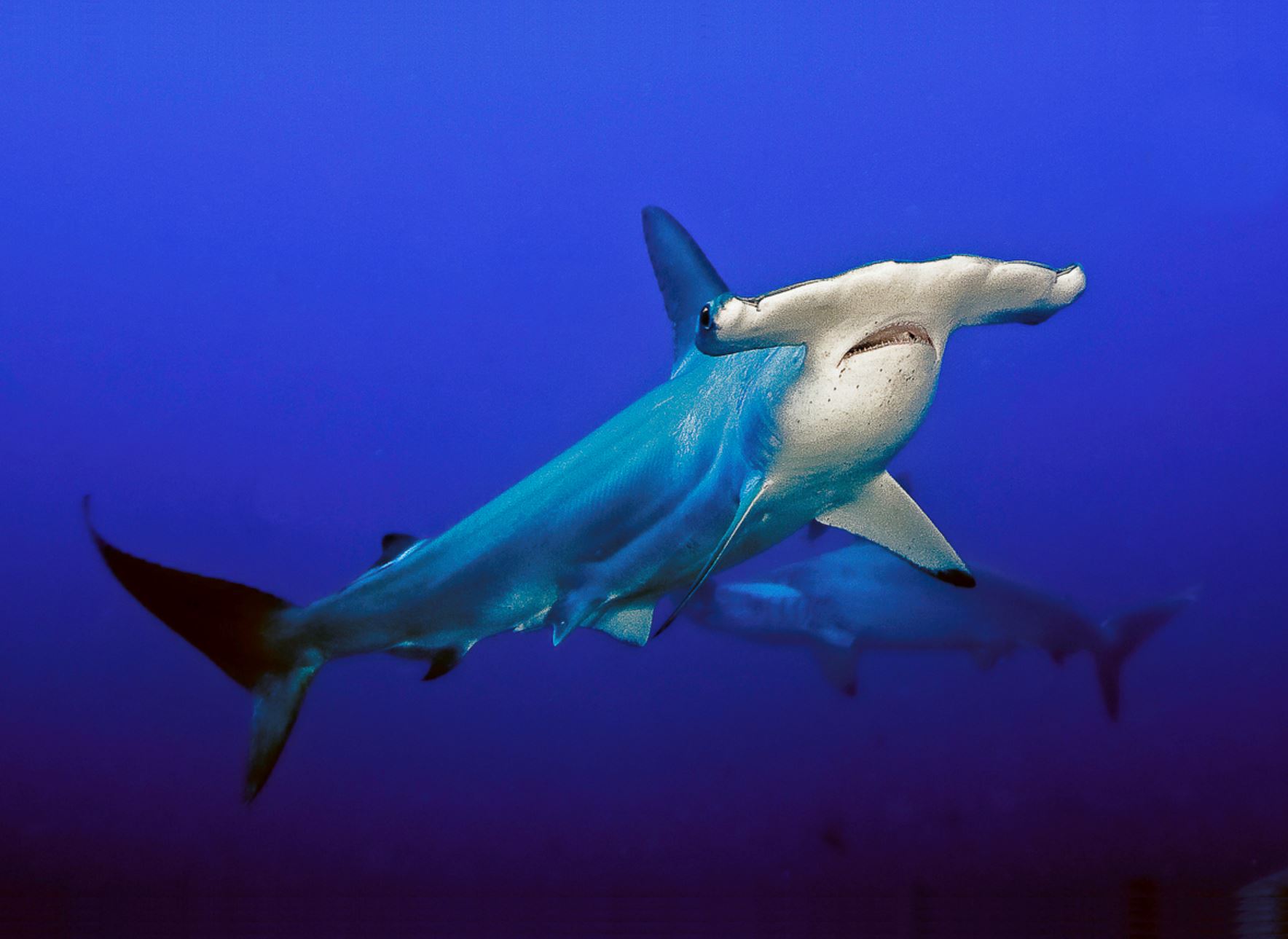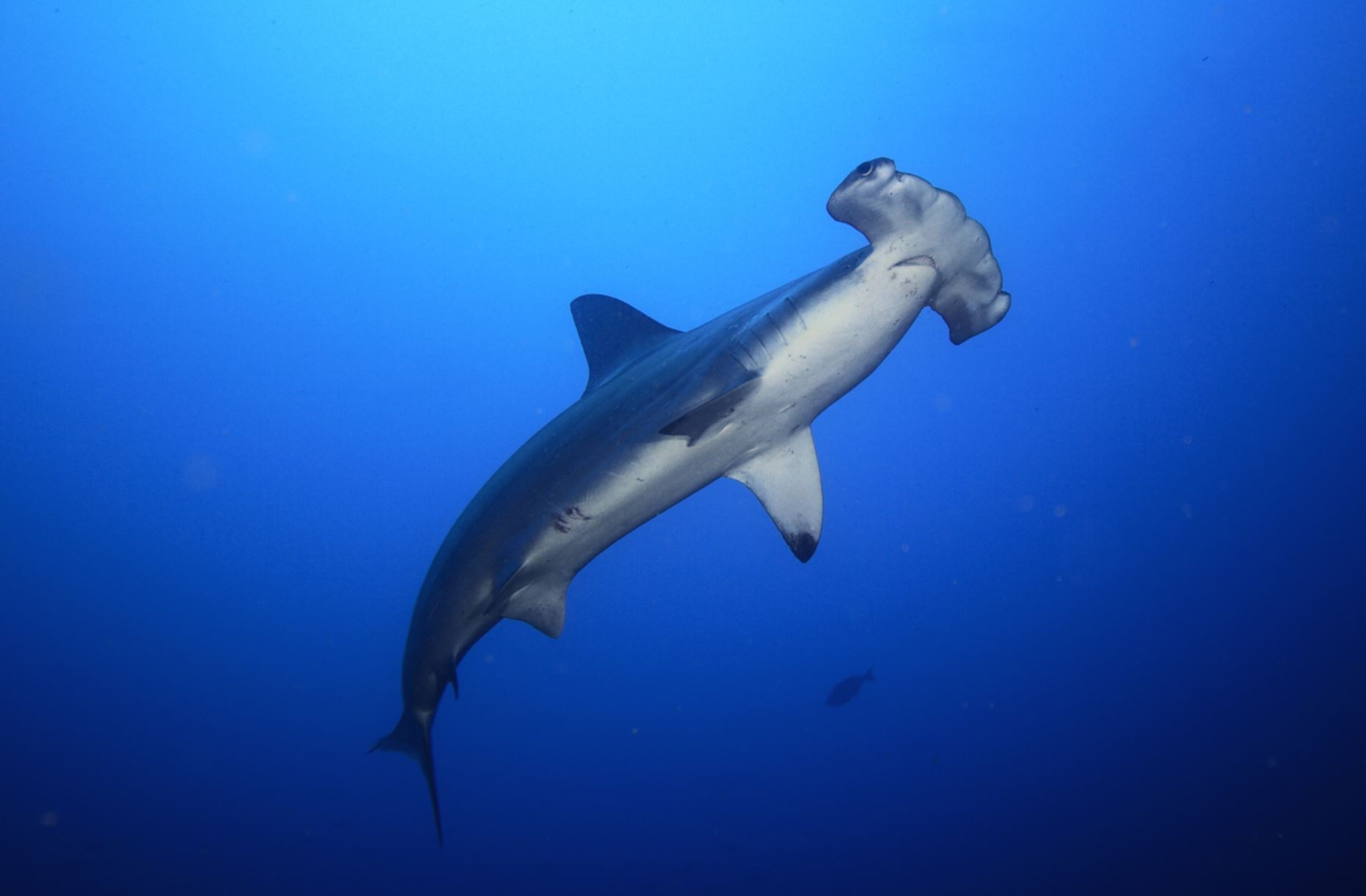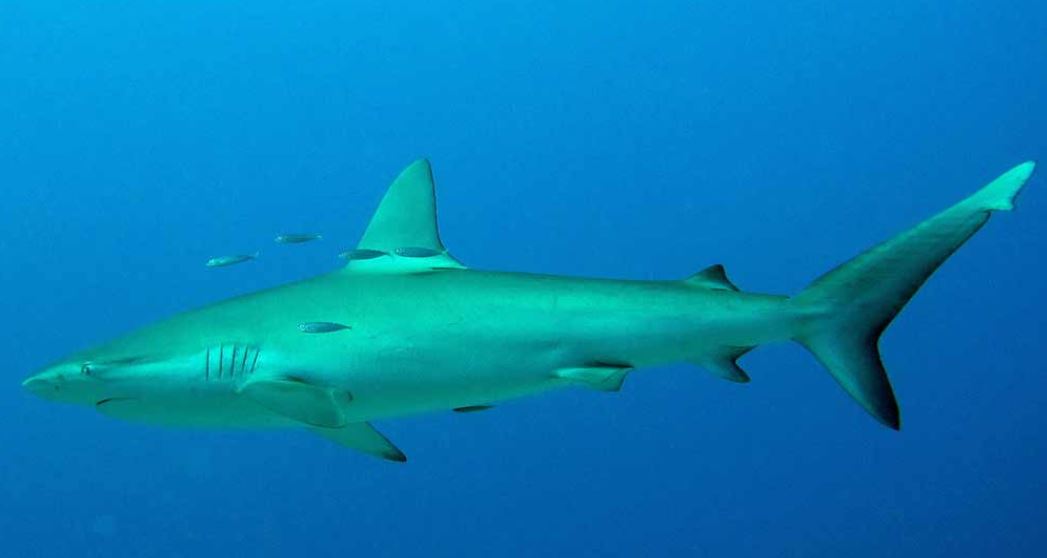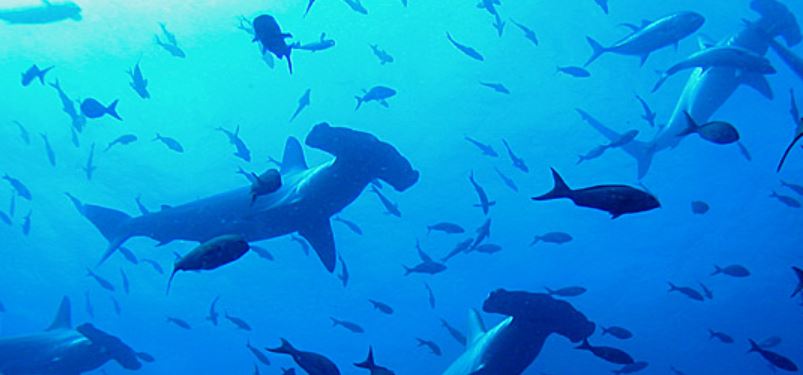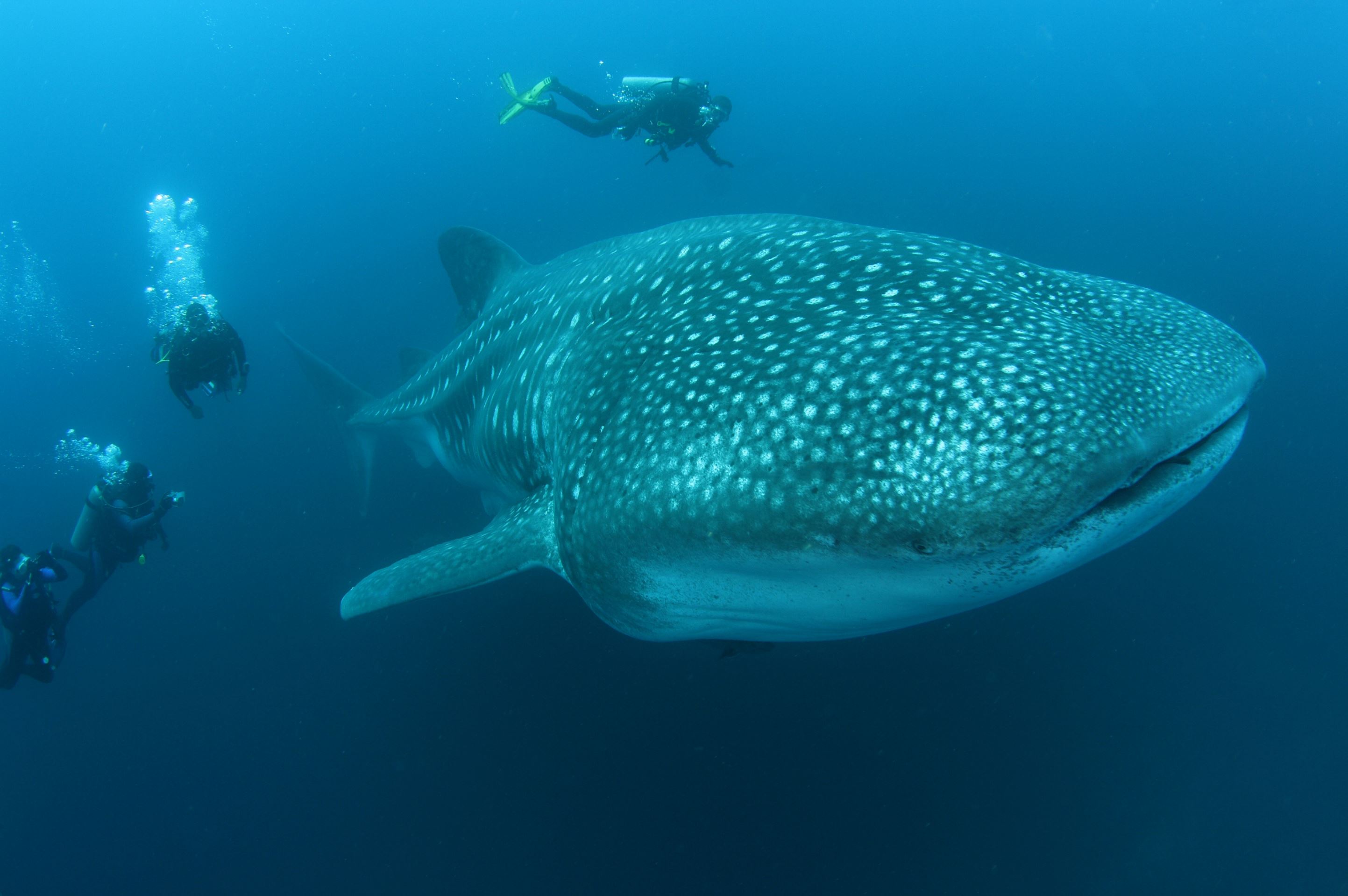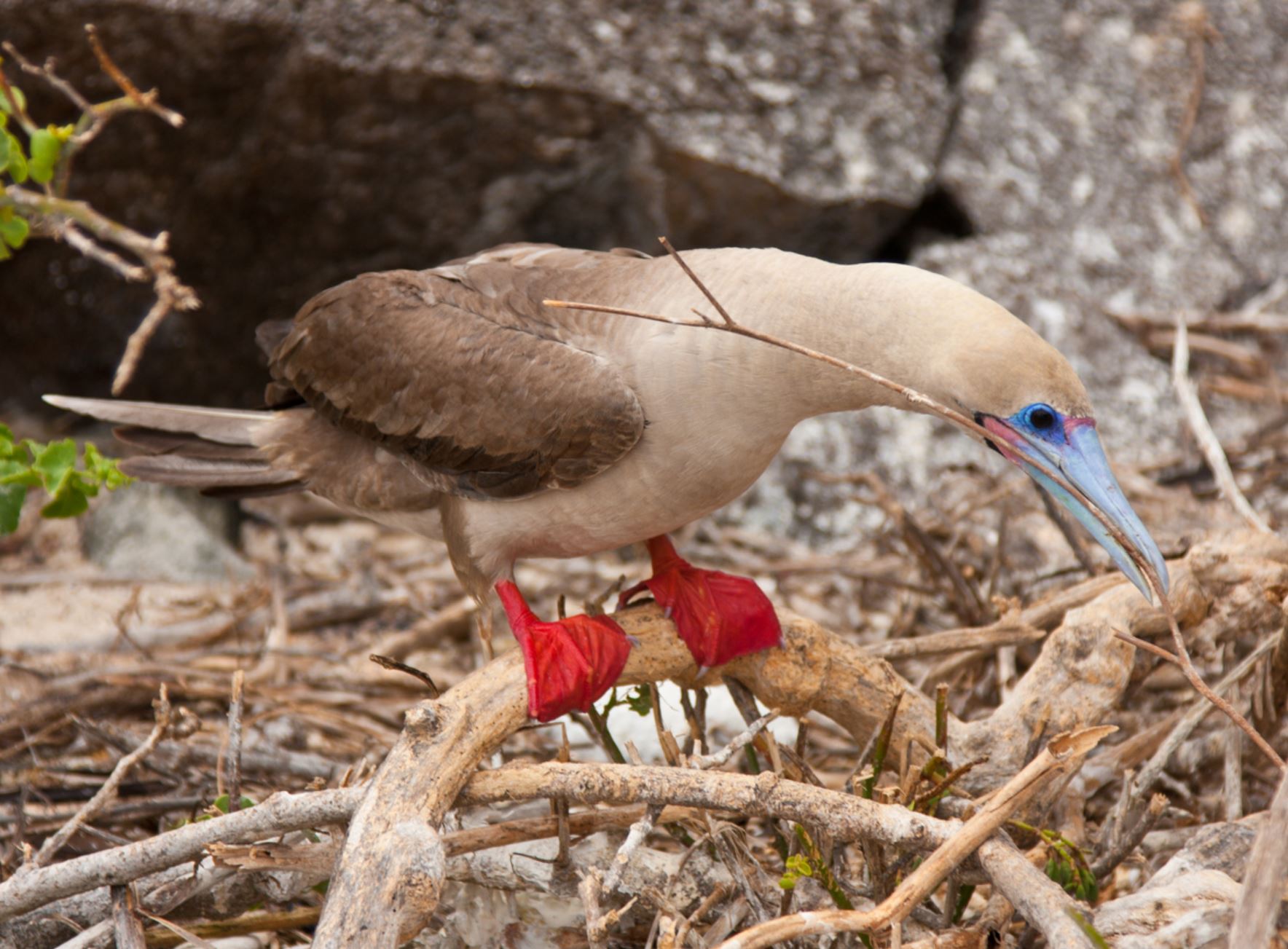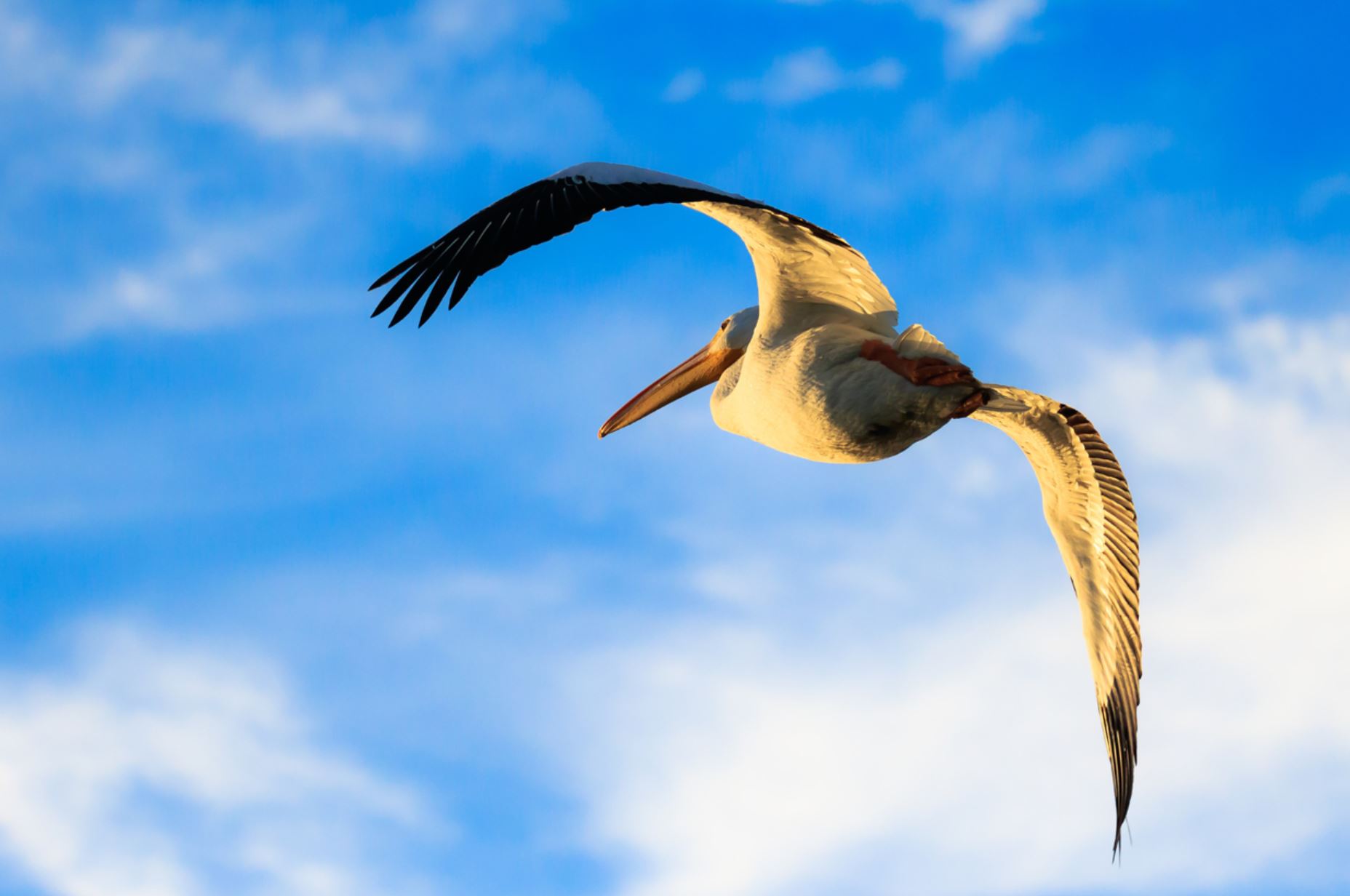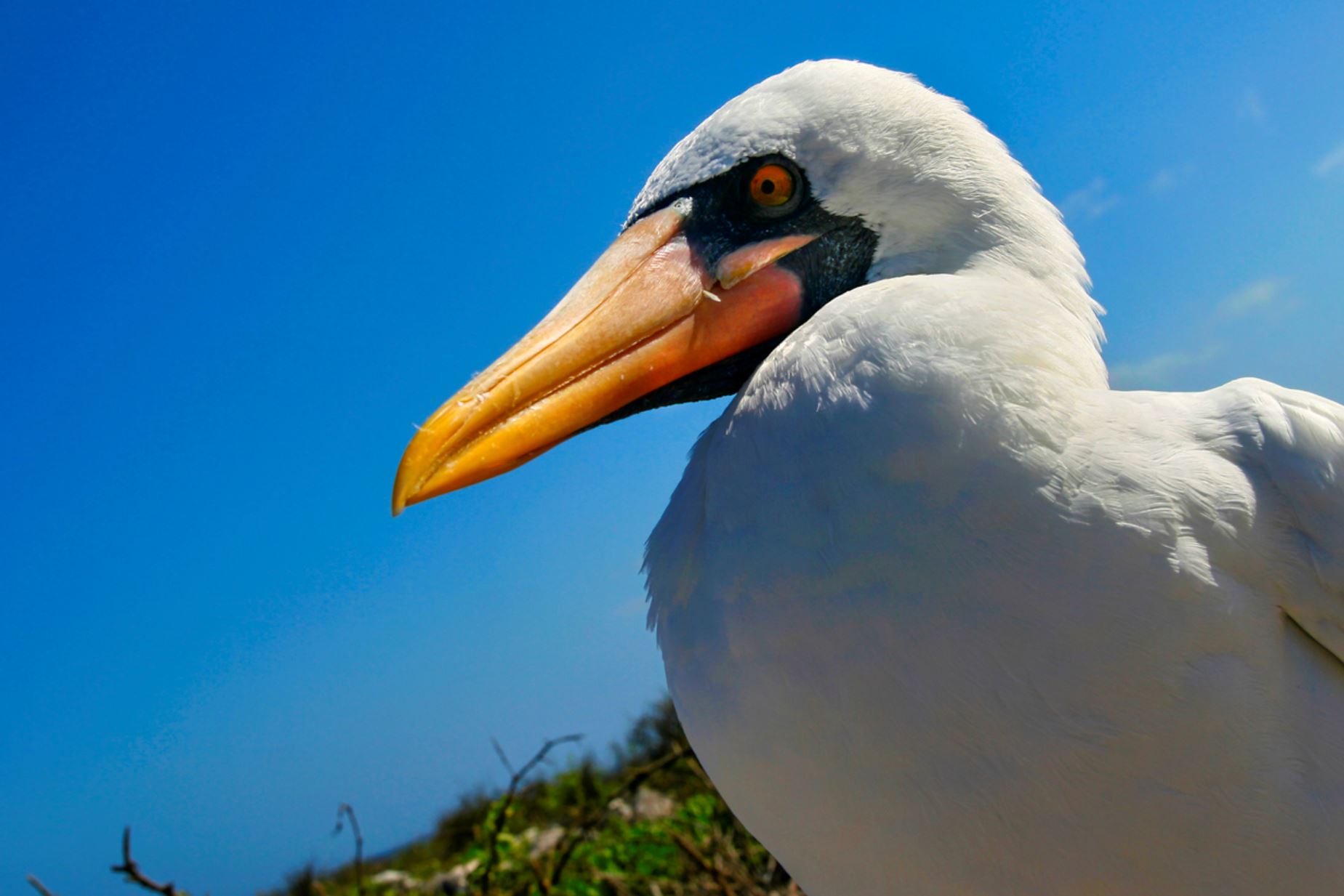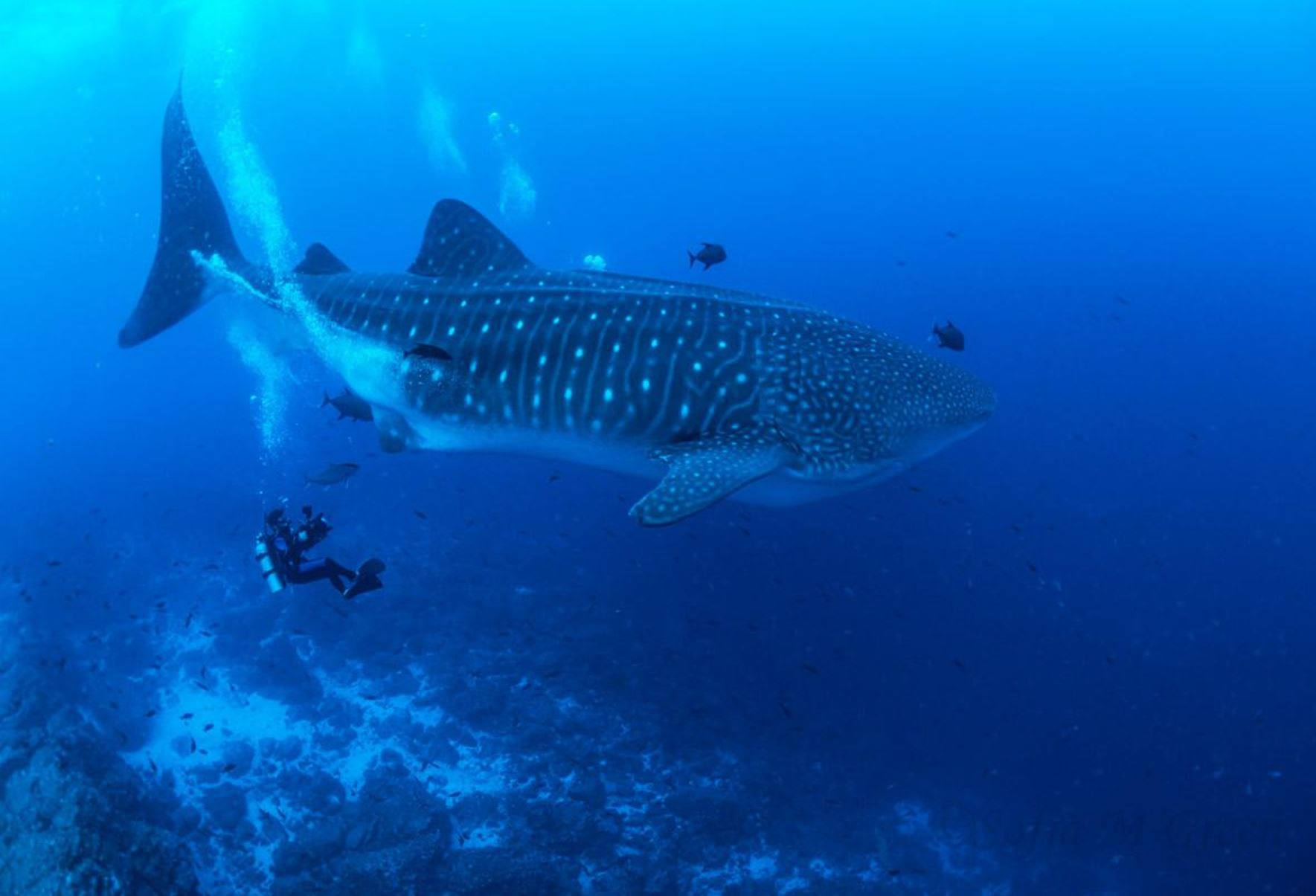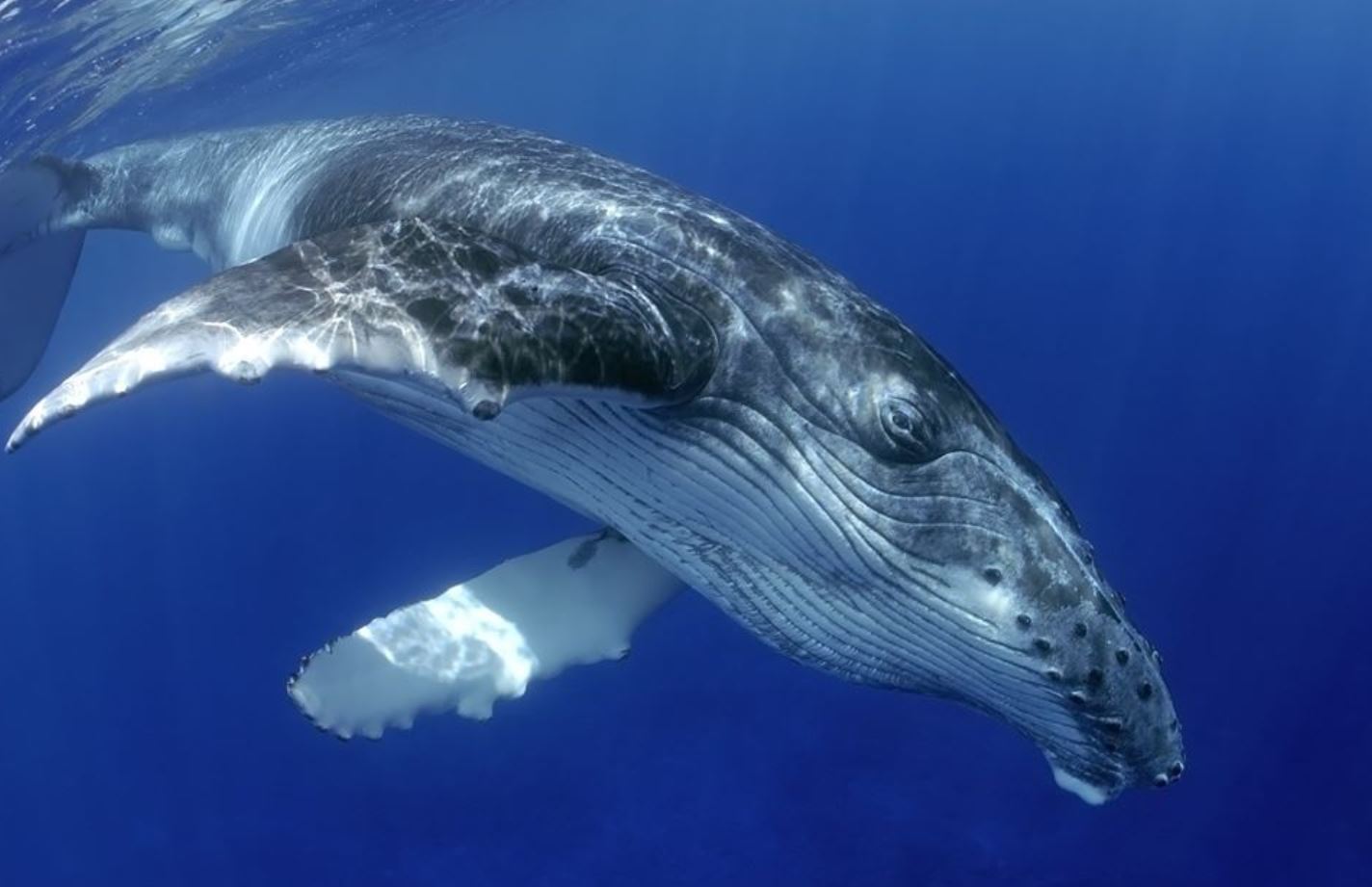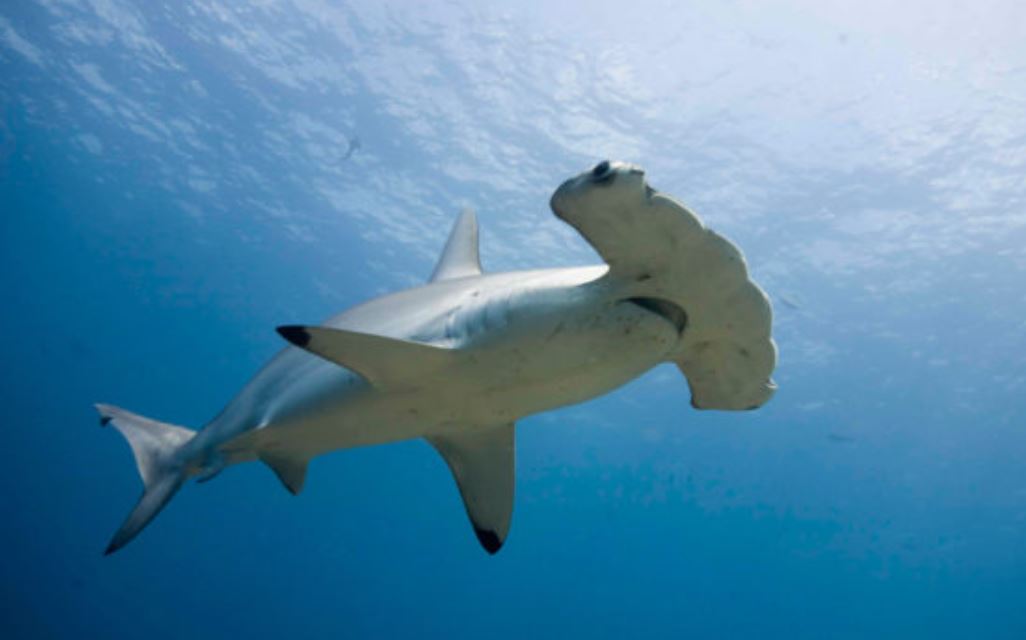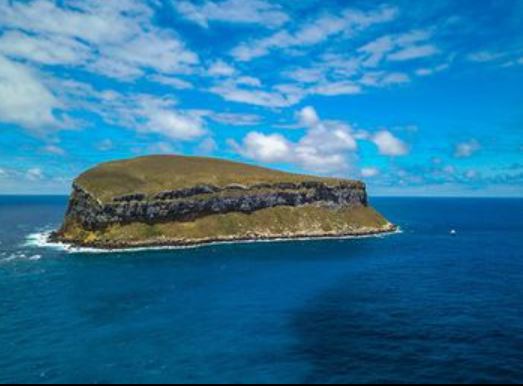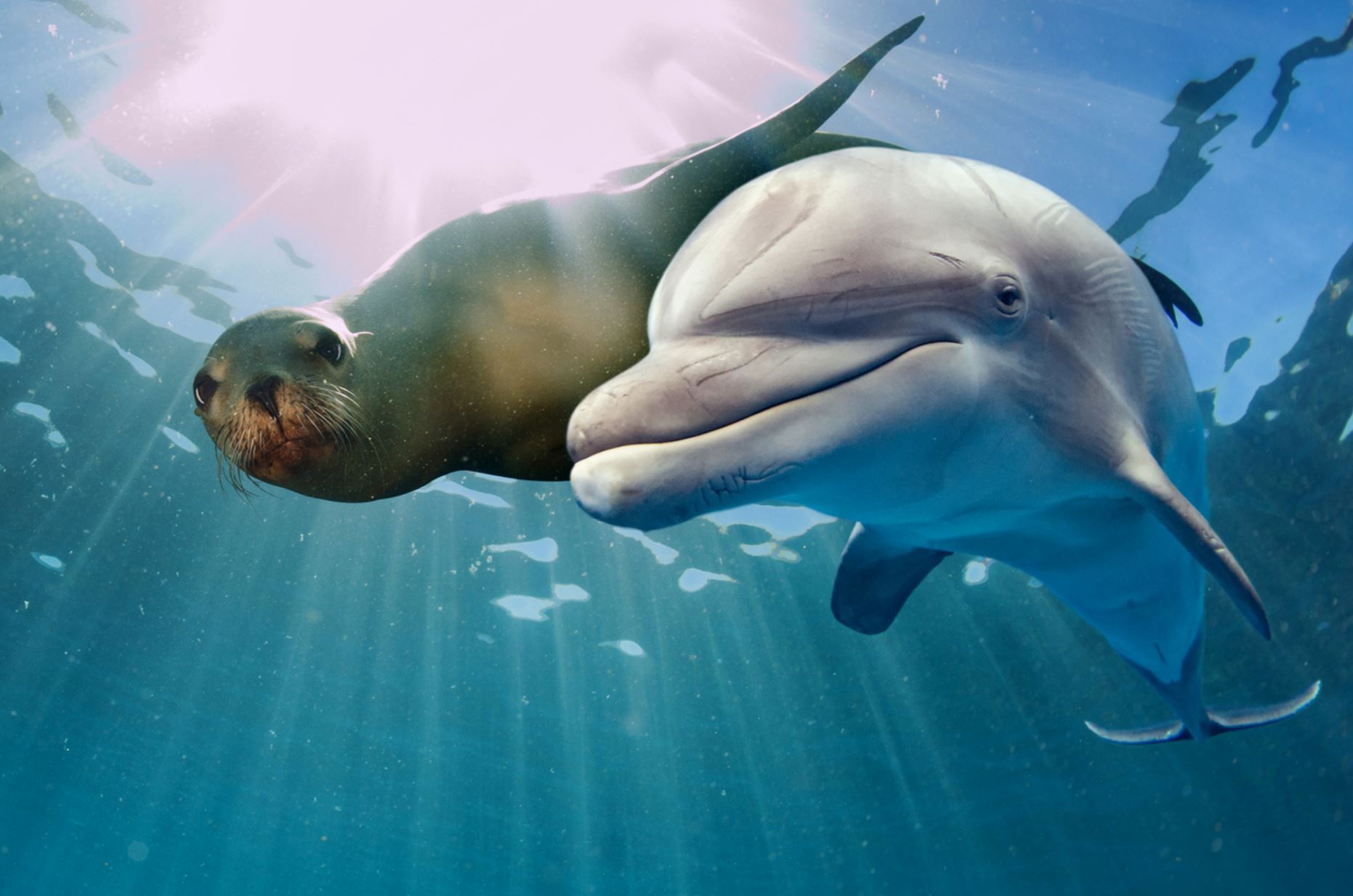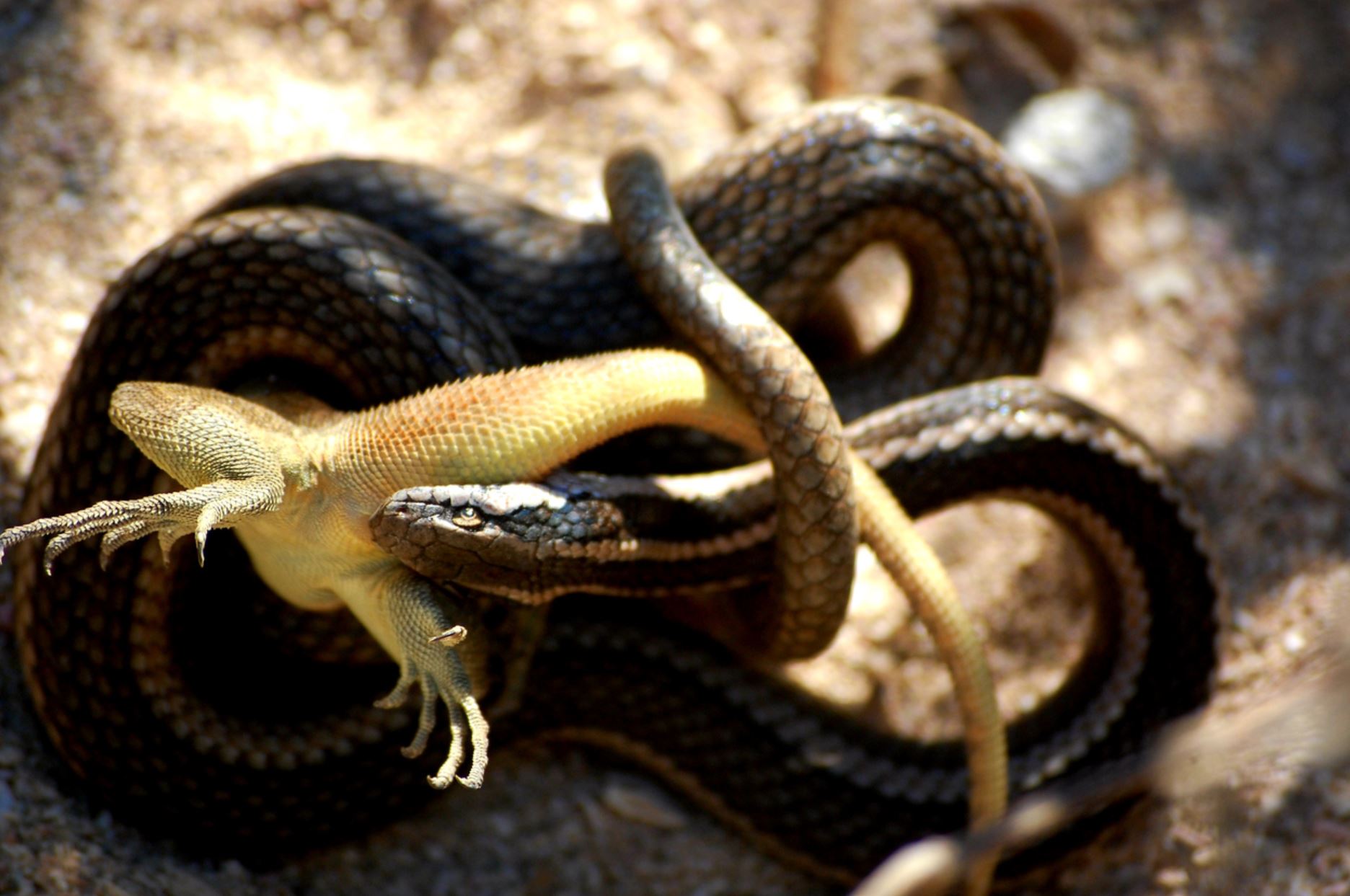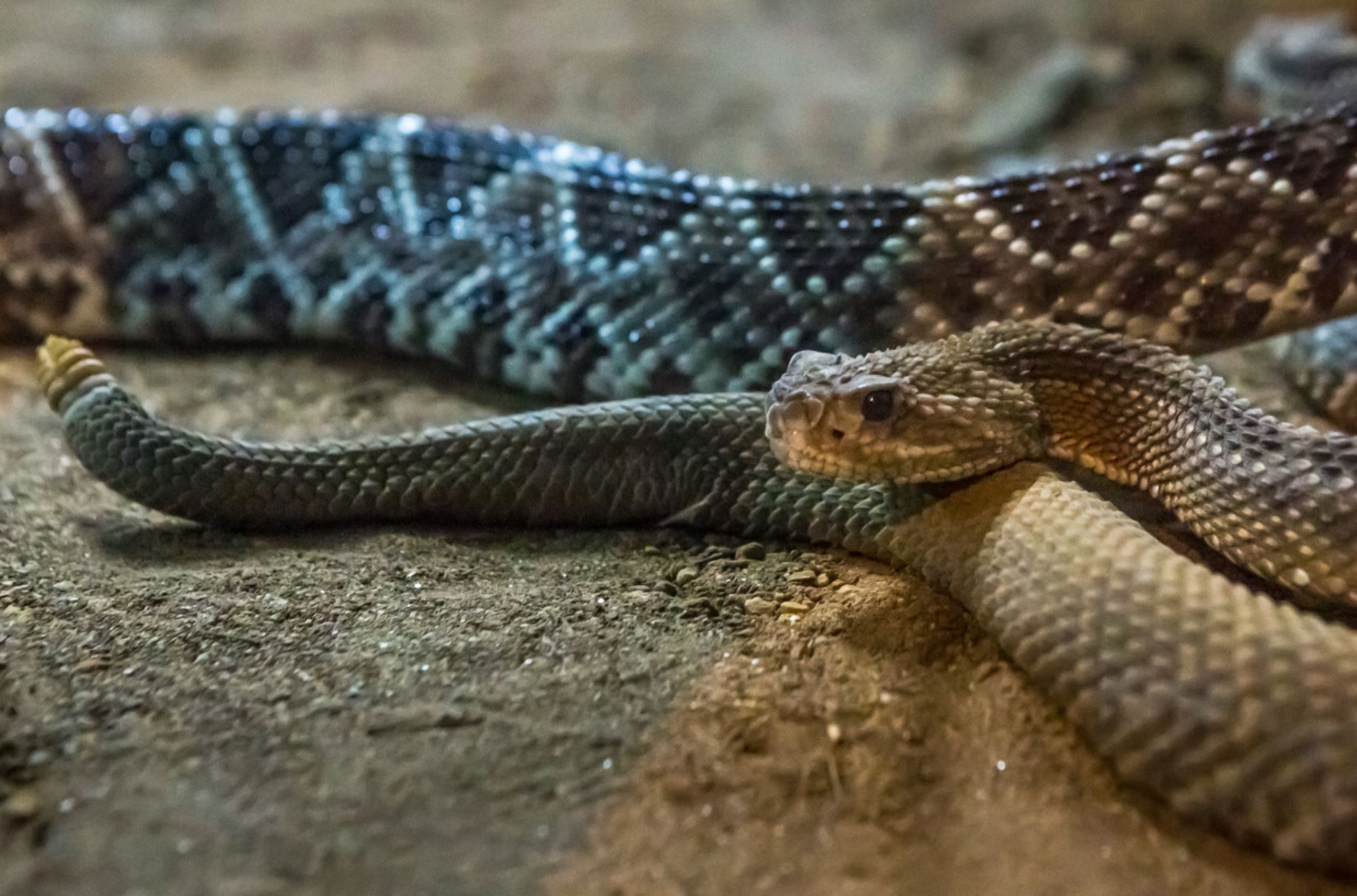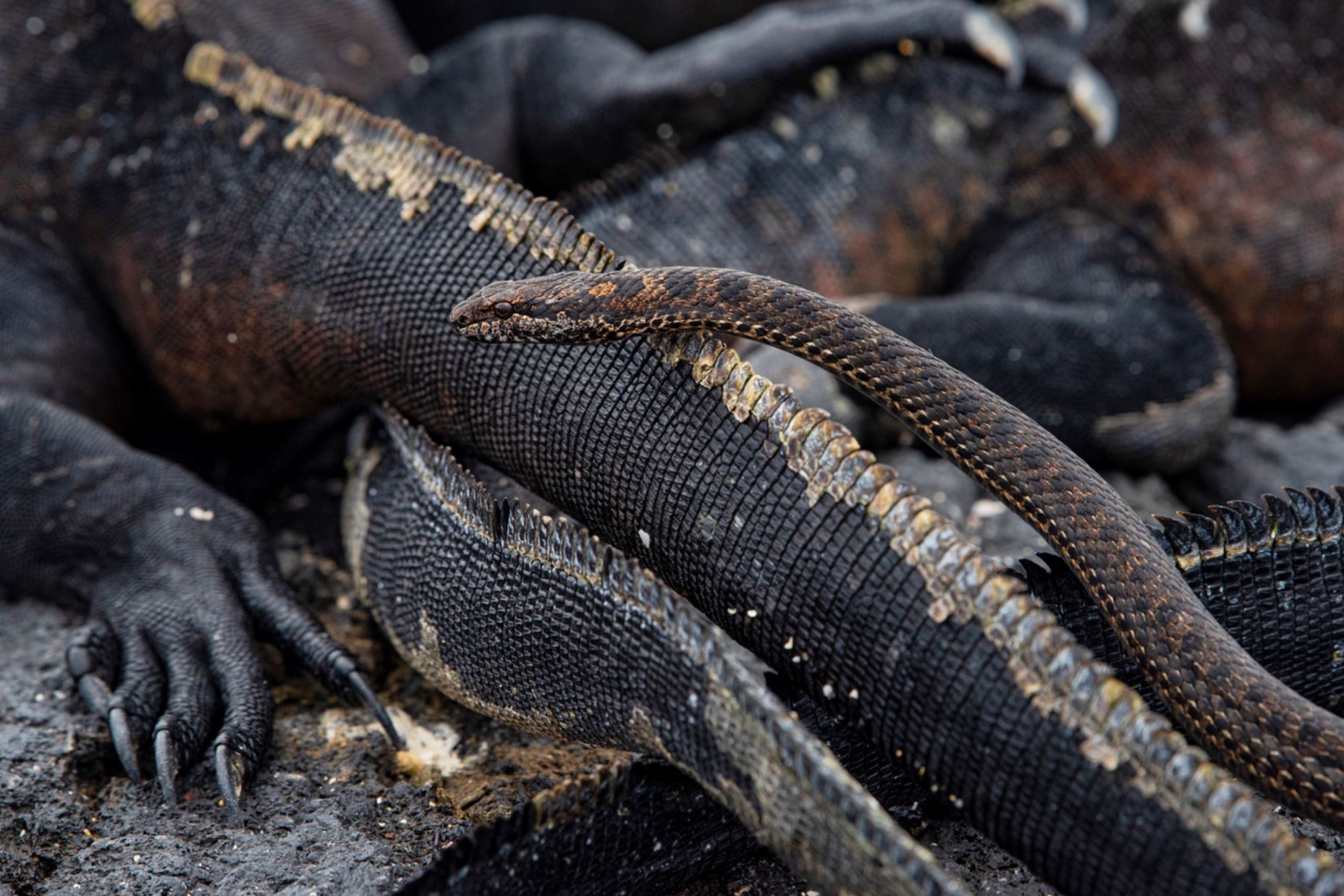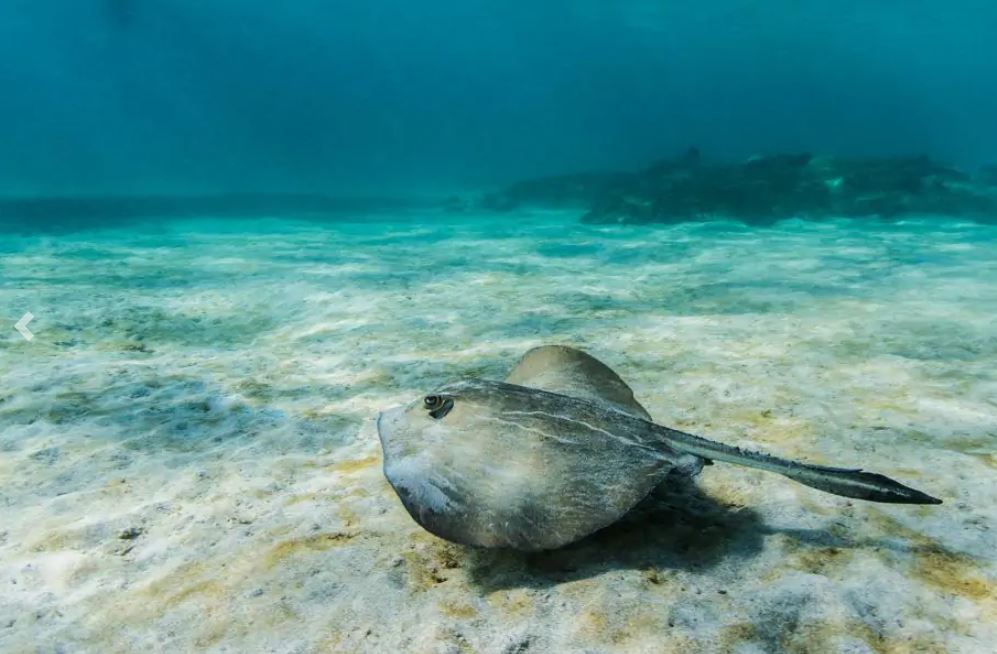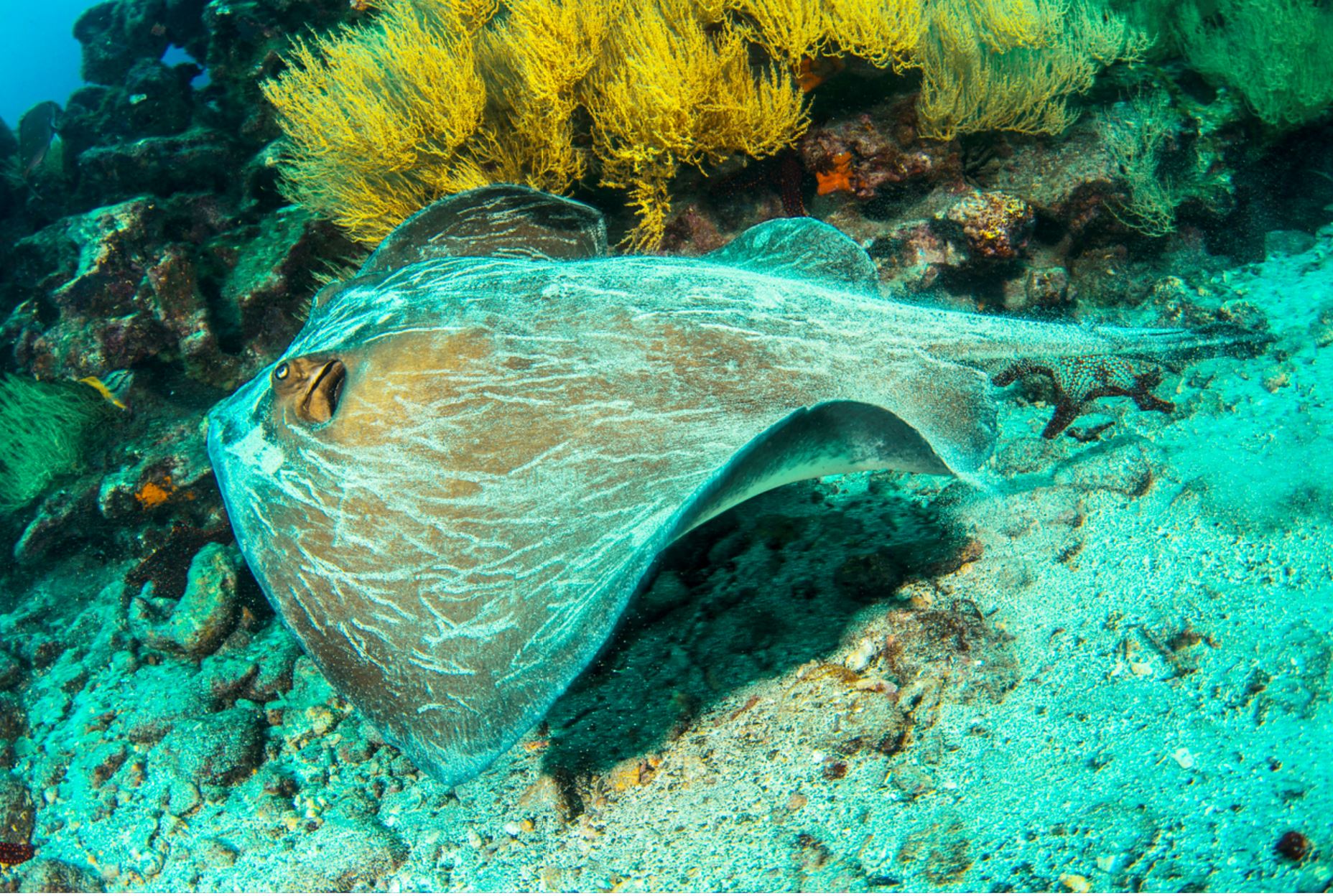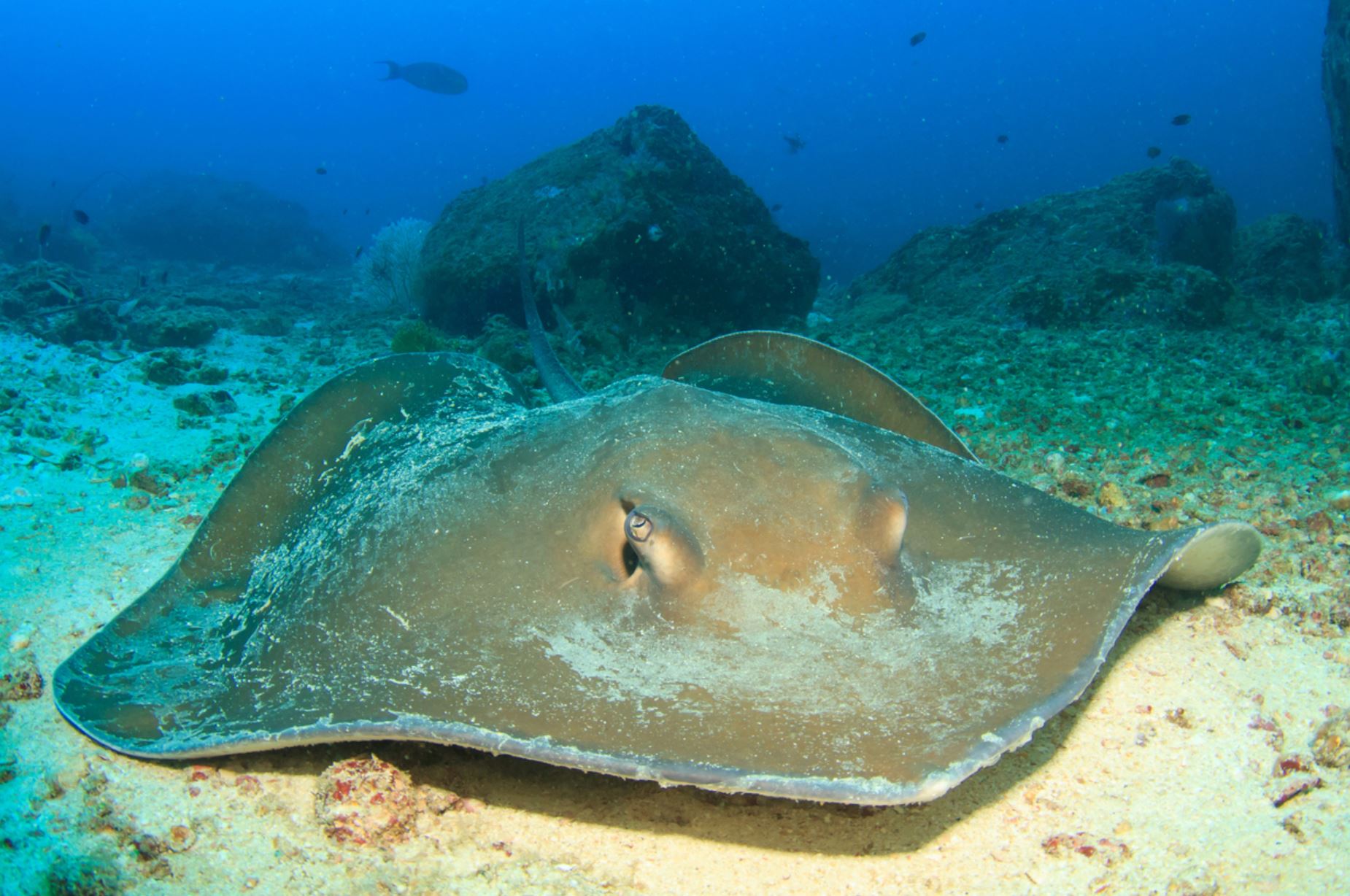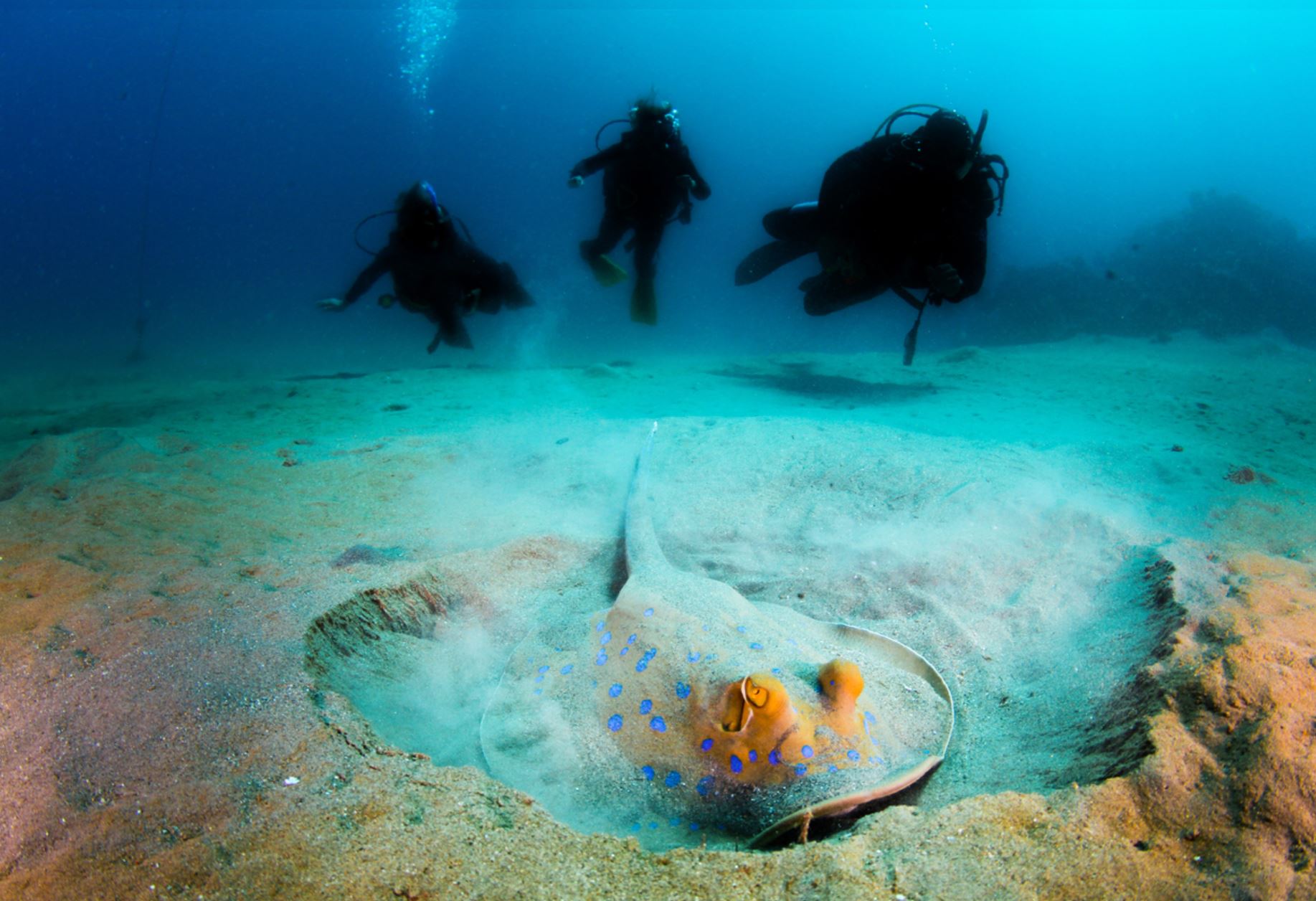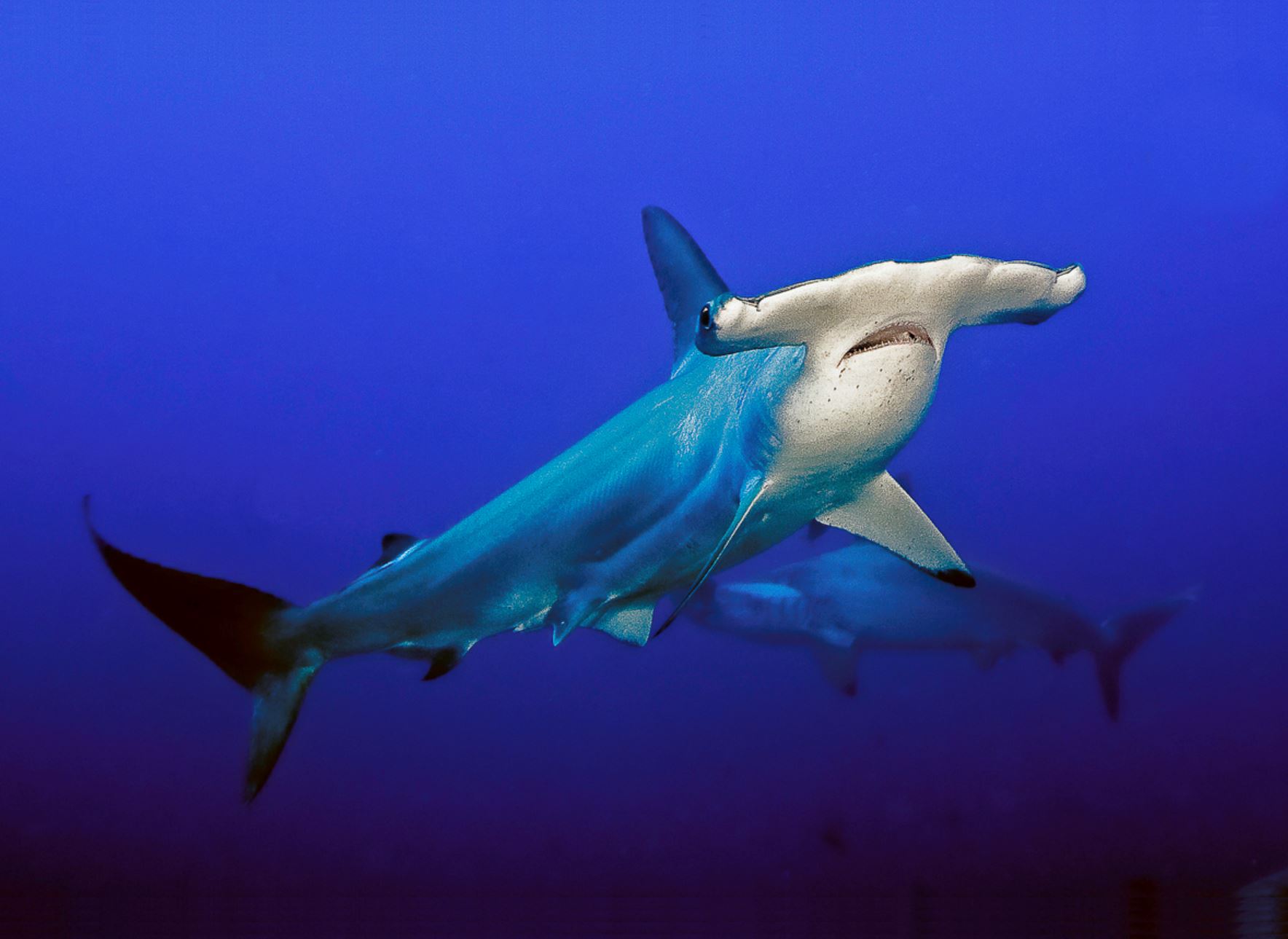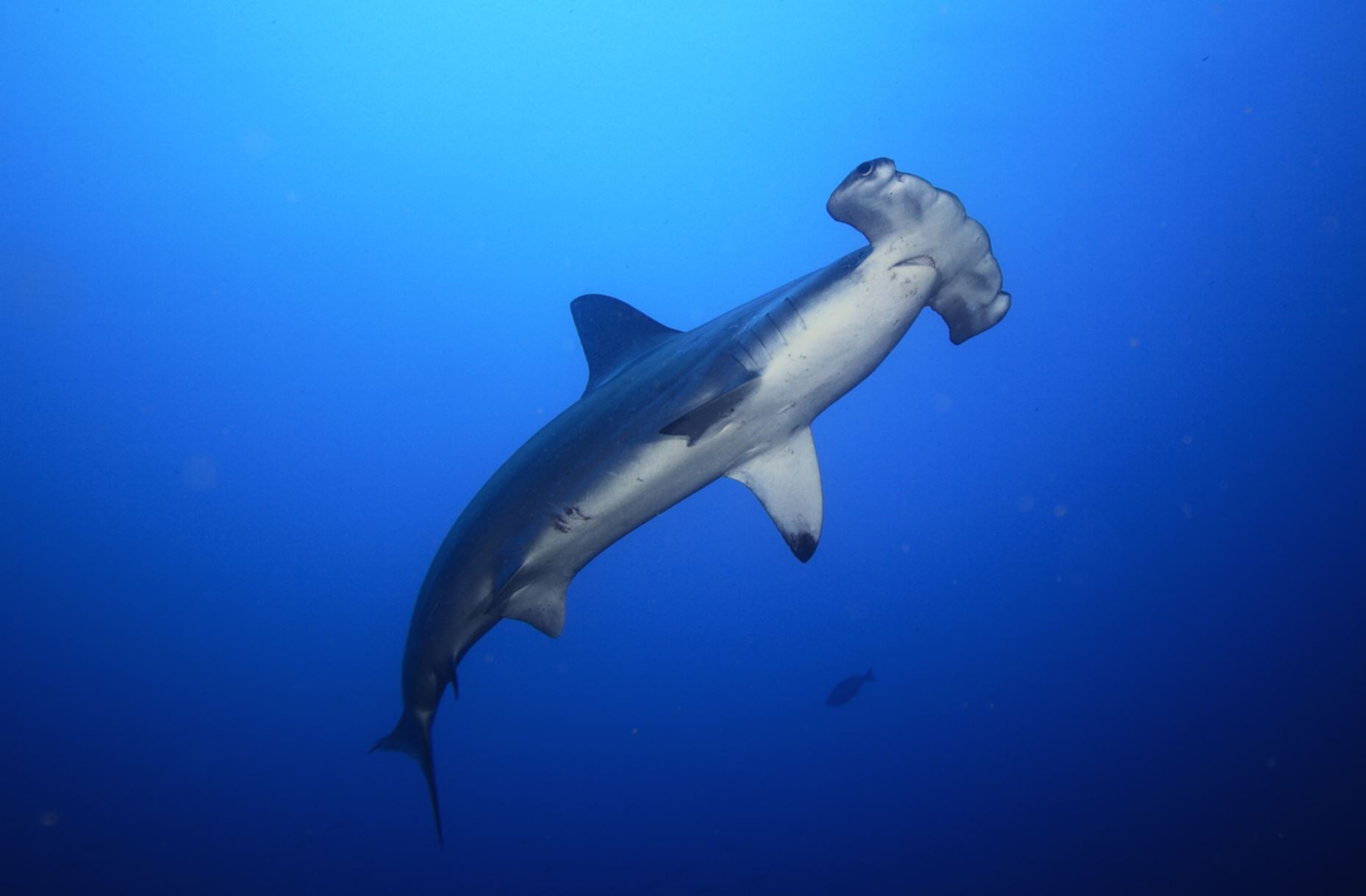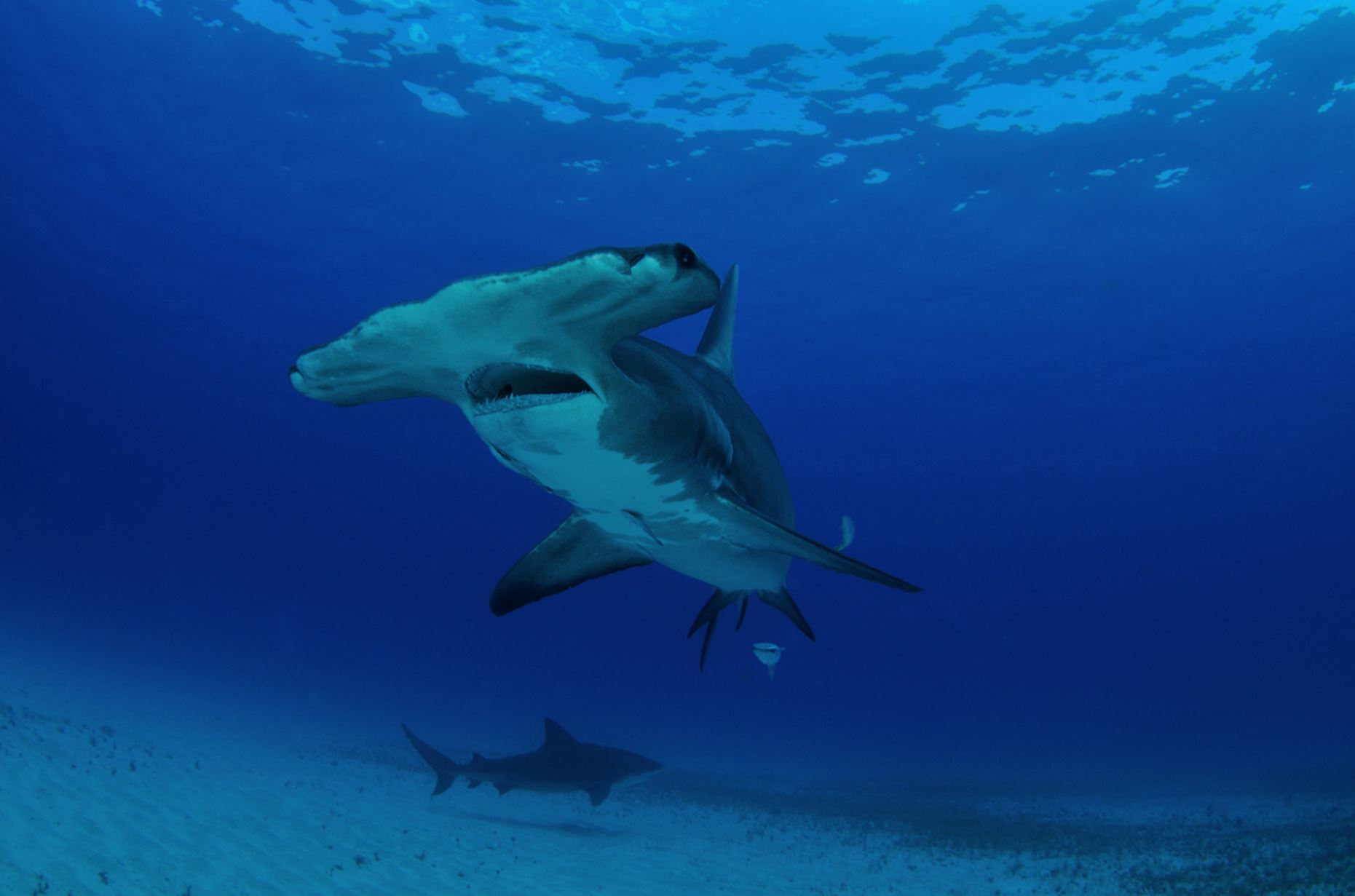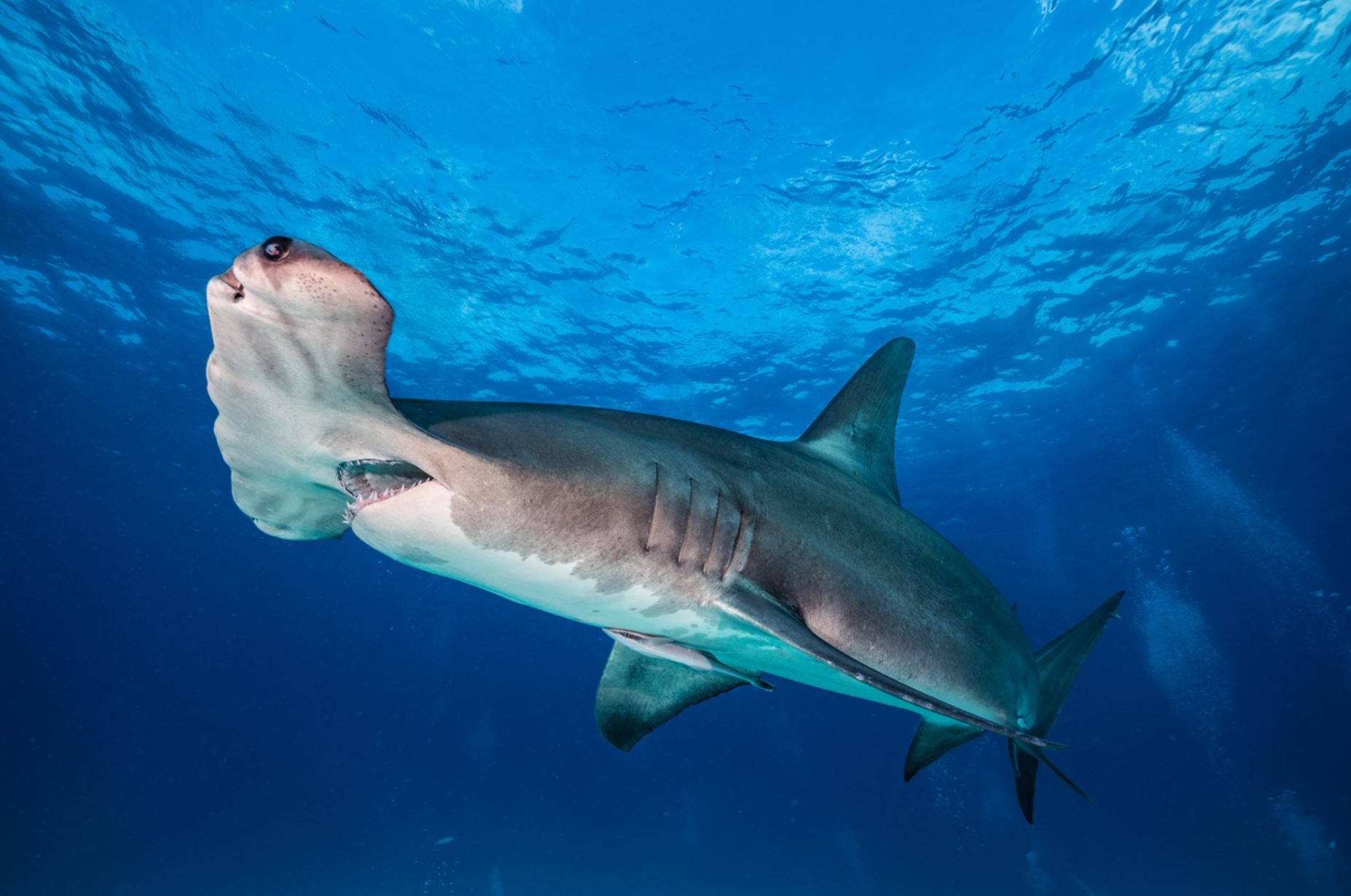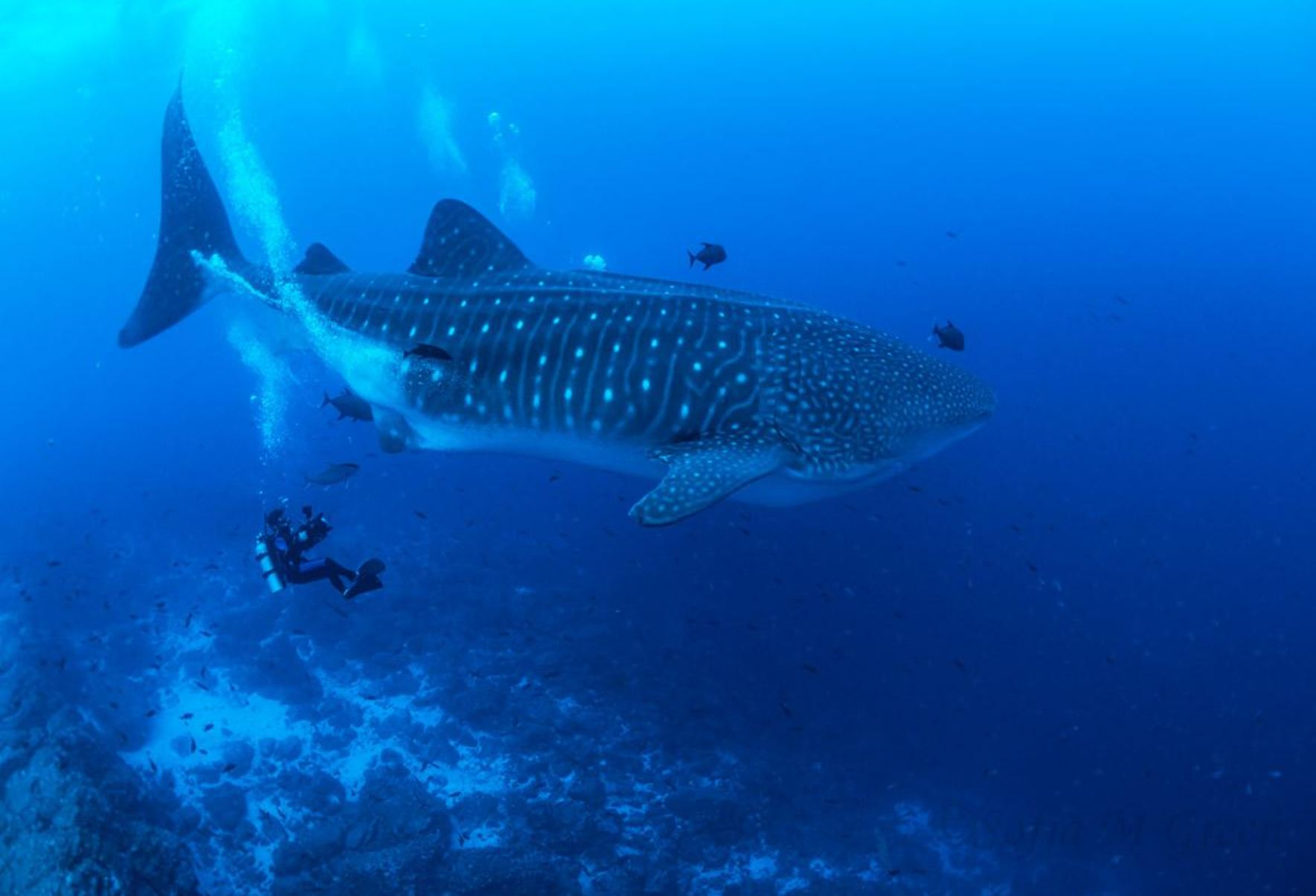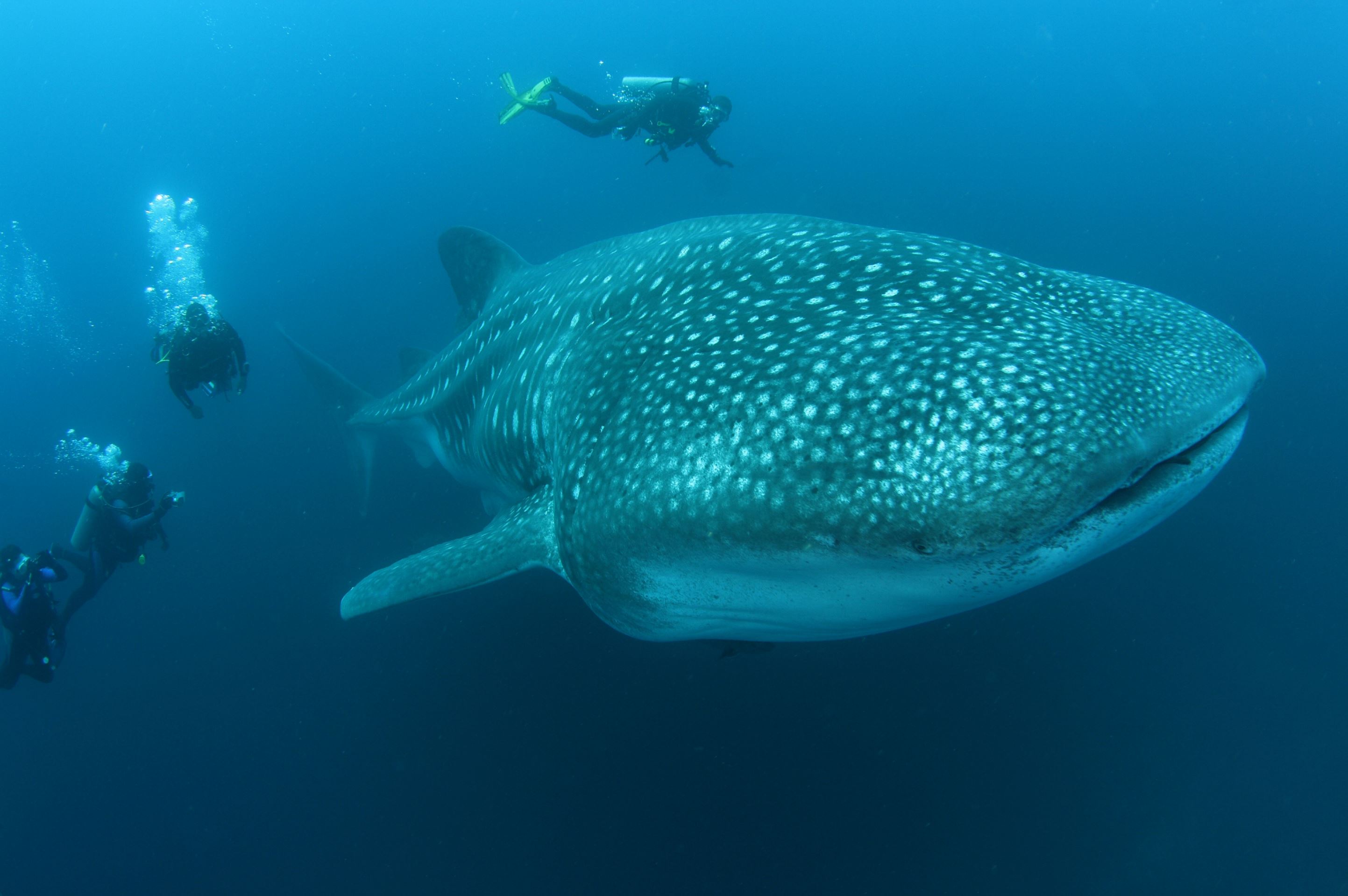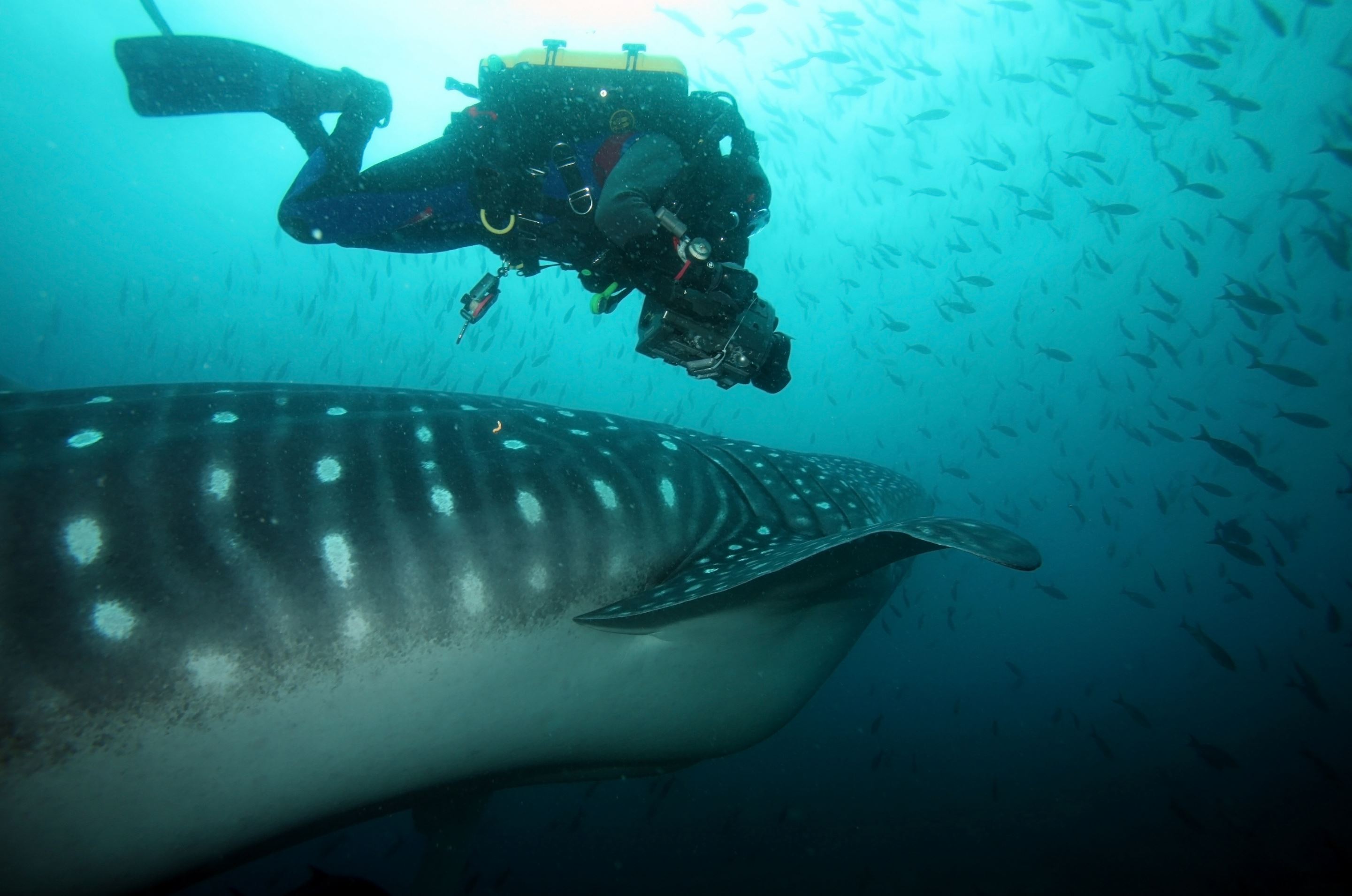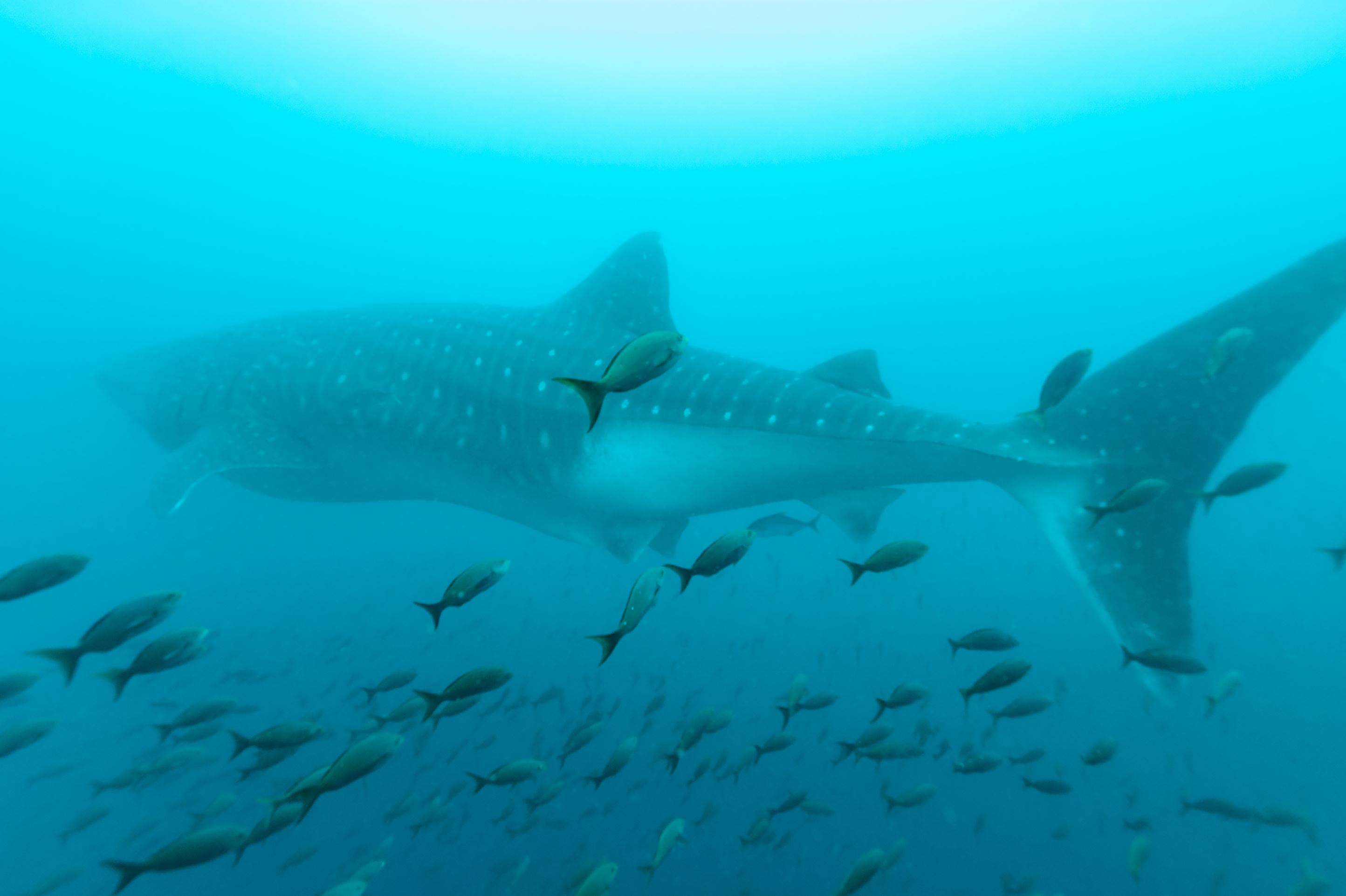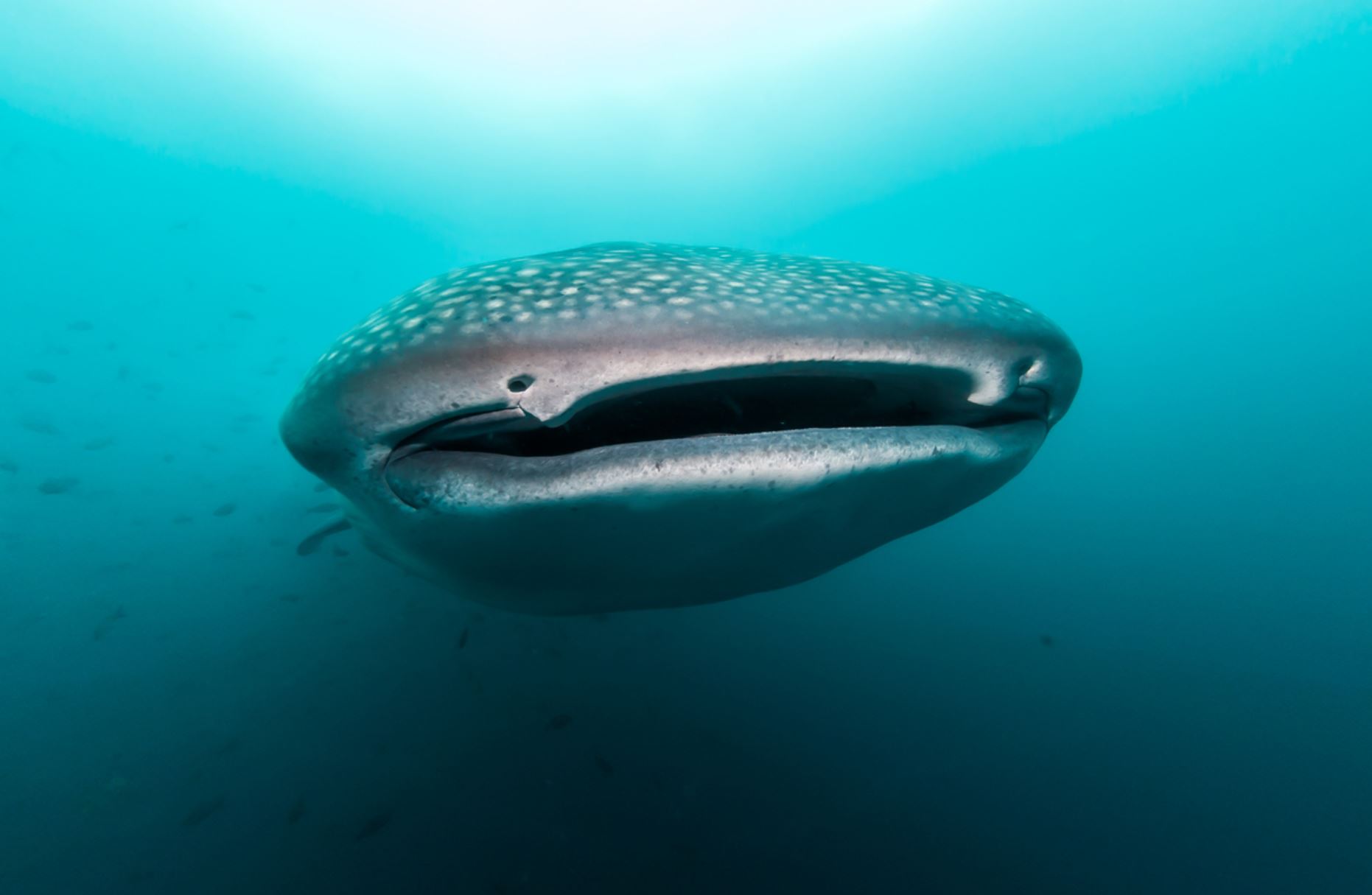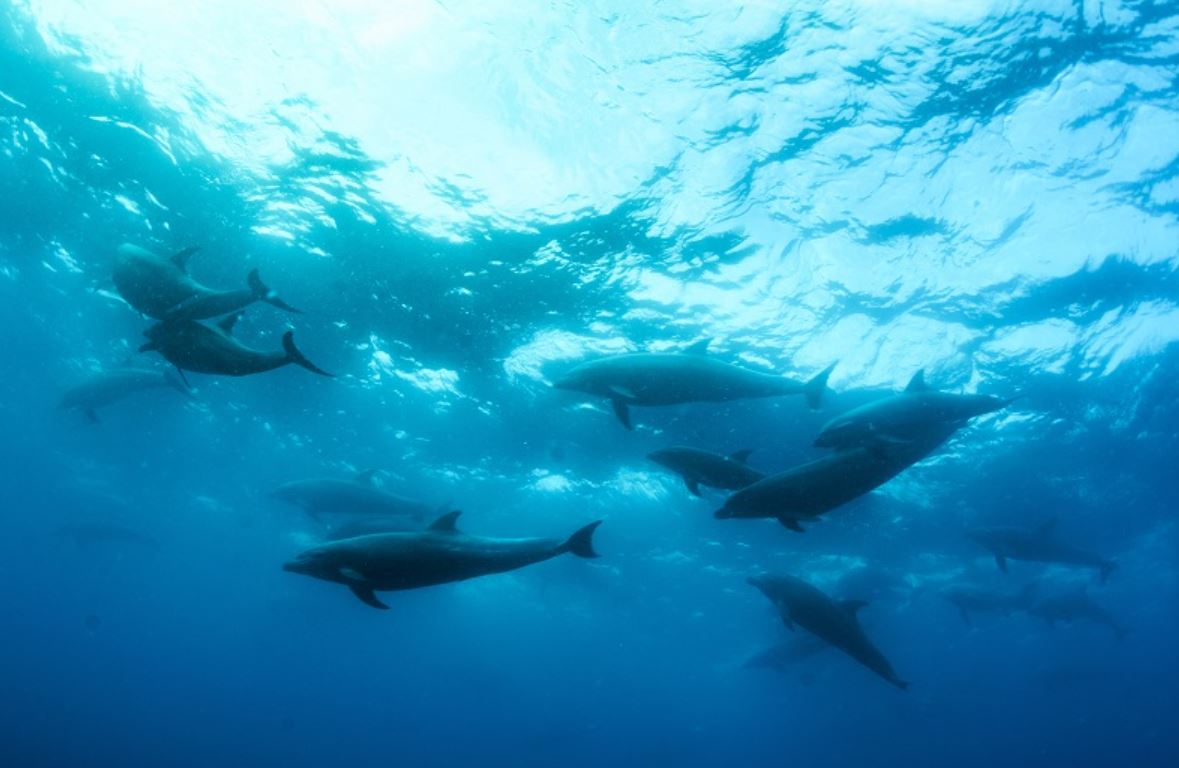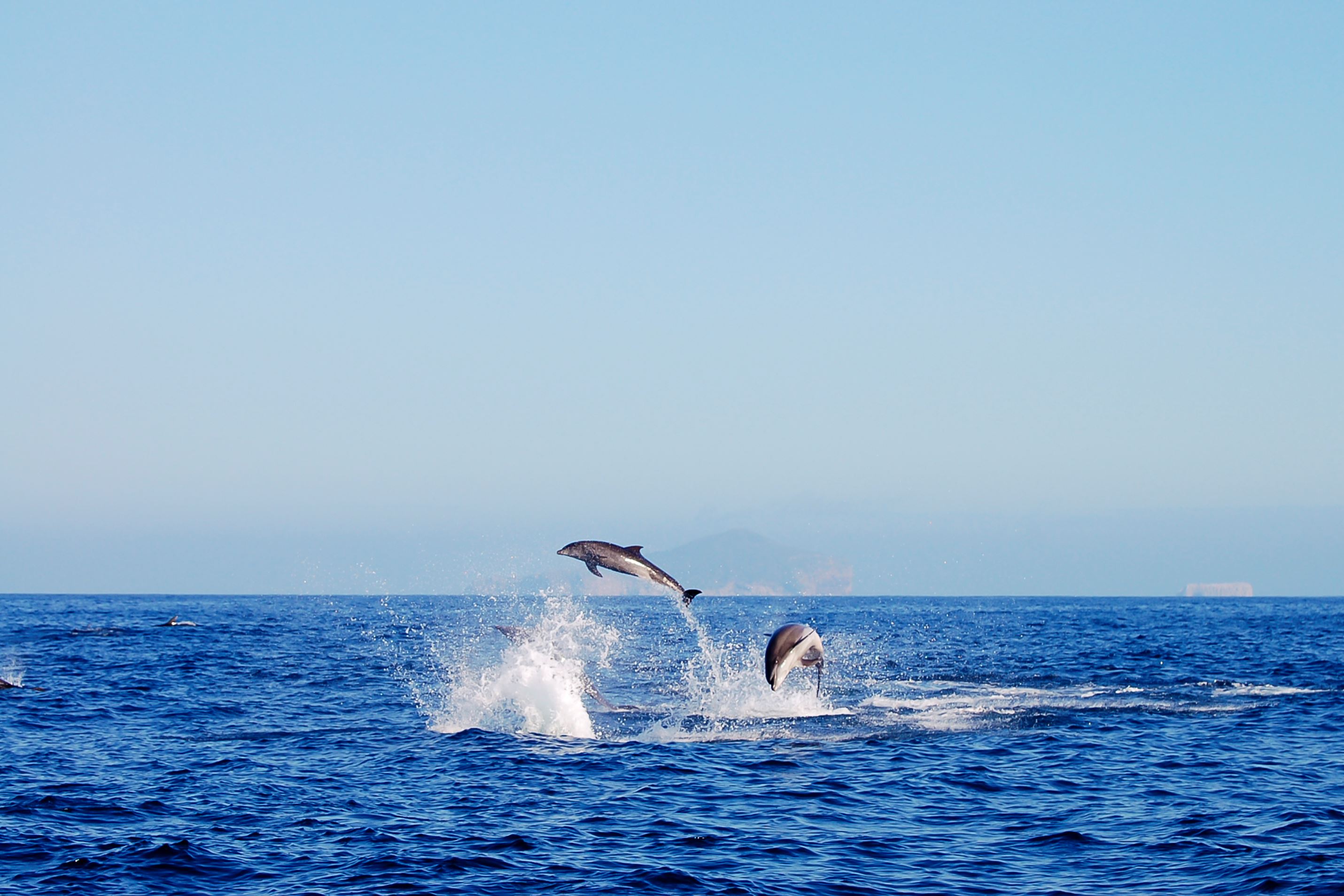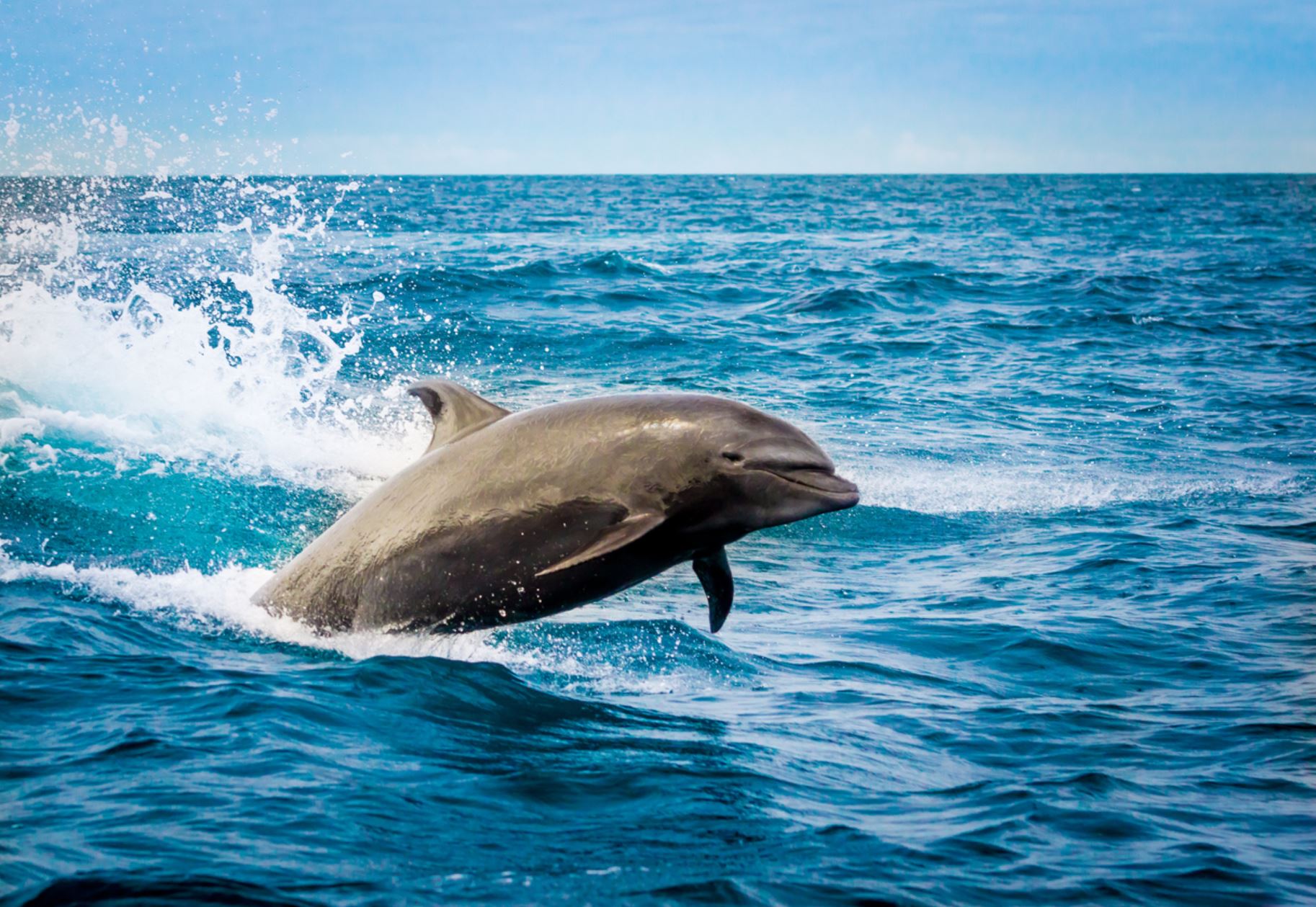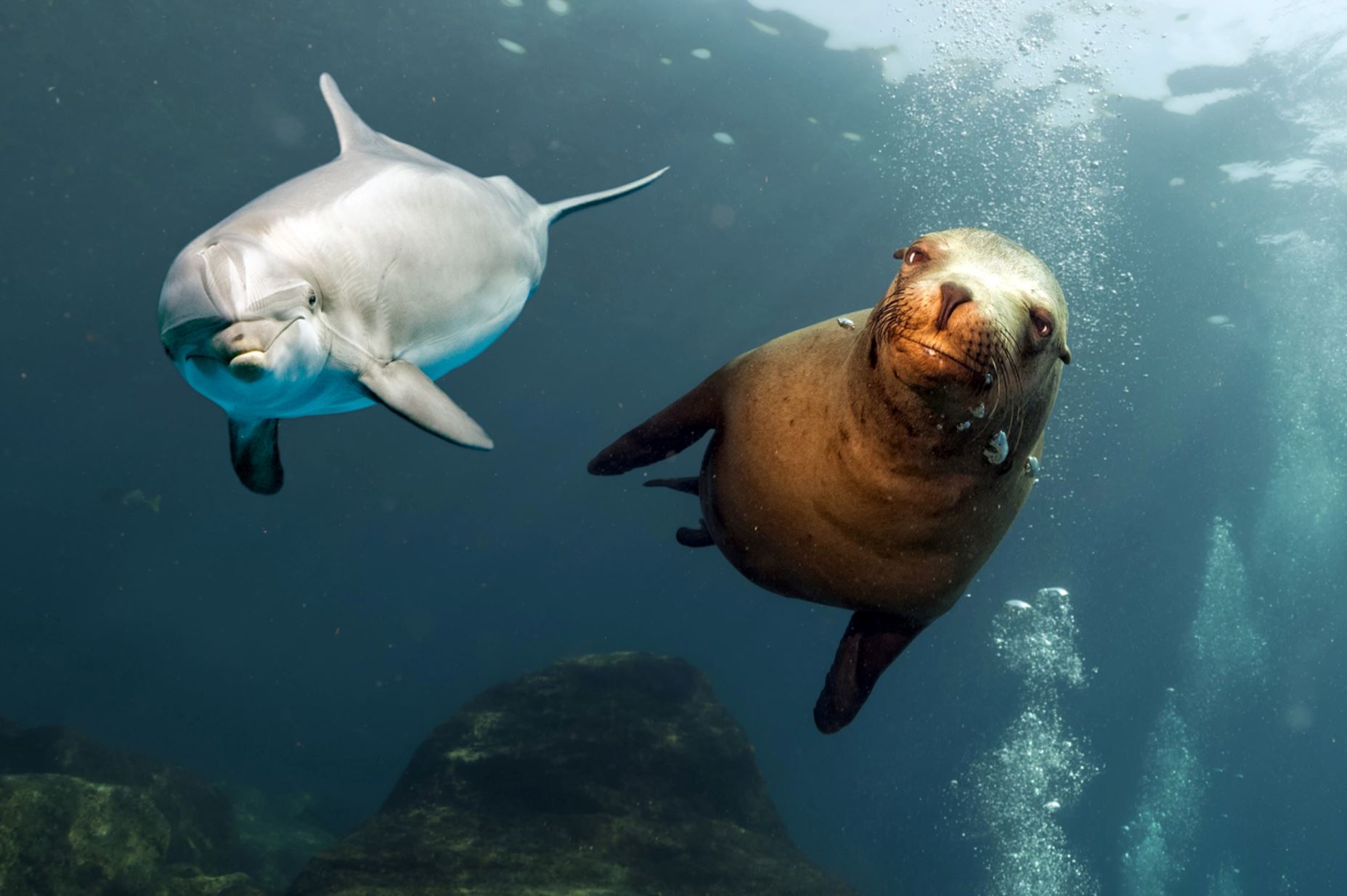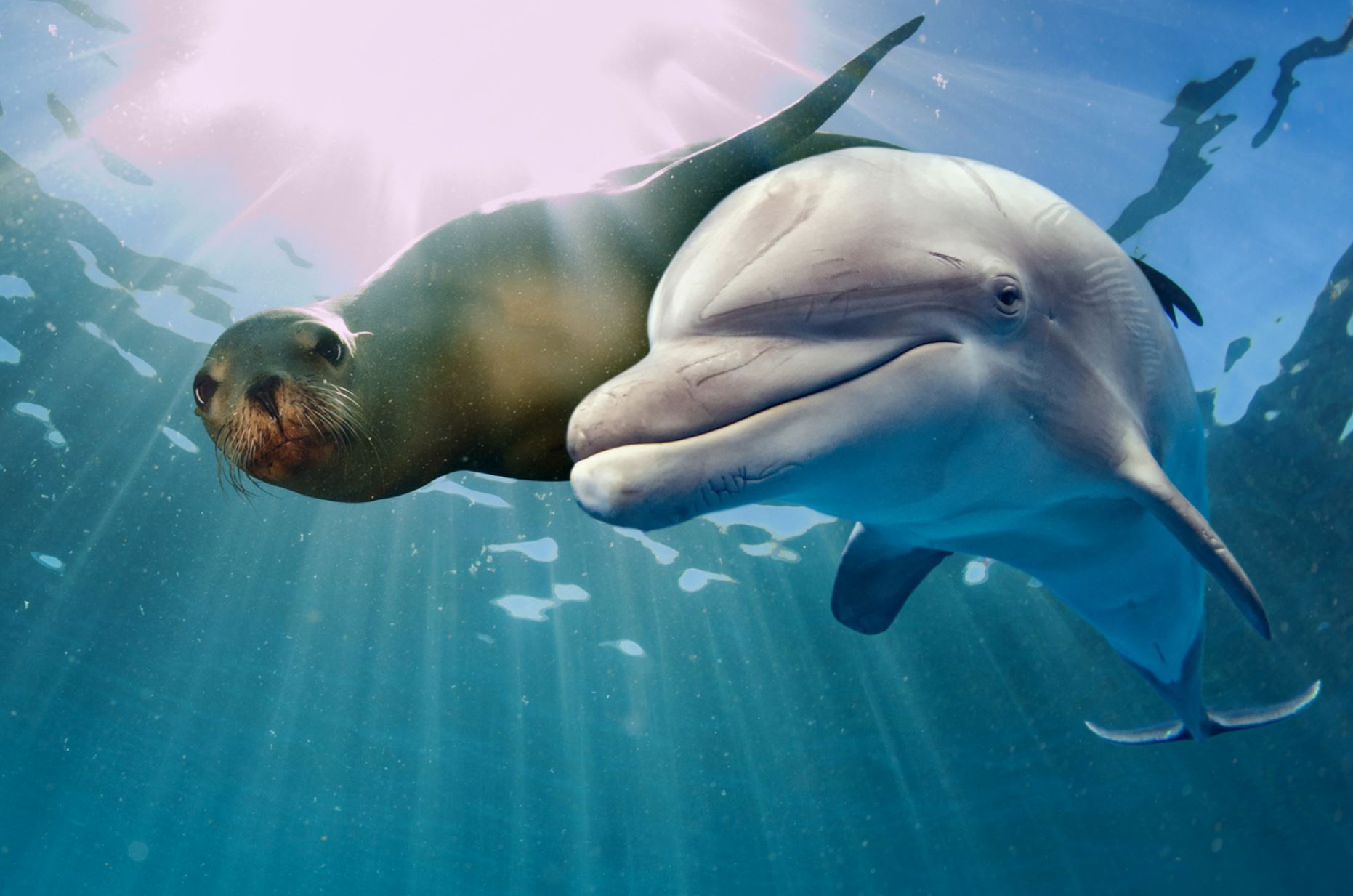Wolf
Animals/Wildlife




Landscape/Views



Snorkeling





Beaches

Wolf (and Darwin Islands) are non-inhabited outlying islands in the Galapagos archipelago. The islands are small, and are extinct volcano tops. Darwin Island is the smaller of the two, and is just 0.46 square miles, or 1,2 square kilometers in size. Wolf Island is a bit bigger, measuring 0.5 square miles or 1,3 square kilometers in size. However, the tiny islands themselves are not the primary reason for a visit to this area – rather, the main purpose of a trip here is to dive. There are a variety of diving options, and a massive array of marine life to feast your eyes on, once you get into the depths of the ocean. It is for this reason that Wolf and Darwin are considered the best islands for diving in Galapagos. These Galapagos diving islands attract numerous divers every year, due to the remarkable underwater scenes that can be experienced here. Here we will explain the highlights of Wolf Island and Darwin Island, the best time to go, how to get there, the activities there and the wildlife you will have a chance of seeing, as well as our Insider recommendations for your trip to these fantastic Galapagos diving islands.
Wolf and Darwin Islands Highlights:
Wolf and Darwin Islands are very highly rated among divers, and this site is considered among the best worldwide. One of the best dive sites here is known as El Derrumbe, and it is famous for its tremendous array of diverse marine life. There is considered to be a massive abundance of sharks and other marine predators here, and in fact, studies have shown that this area has the largest shark biomass worldwide.
Best time to Go to Wolf and Darwin Islands:
The best time to visit Wolf and Darwin Islands will depend on what type of weather you like, and how strong you prefer your currents to be.
The marine life is more plentiful between the months of June to November, as during this time, the Humboldt current sweeps up, bringing with it an array of nutrients which attracts diversity of life in the water. However, the currents can be a fair bit stronger during these months too, and particularly in August and September. The water is also cooler during these months. The remaining months (December to May) are warmer, though you may expect some rain. There is still plenty to see, but the diversity of marine life will be slightly less during these months. That is unlikely to detract from the experience overly, however.
The months of June through September and December/January may be considered high season. Since not all Galapagos Islands cruises offer diving, and that means there are limited spaces, in these months you will want to book well in advance.
Getting to Wolf and Darwin Islands
Wolf and Darwin Islands are only accessible to visitors travelling on a liveaboard scuba diving boat. As mentioned above, not all Galapagos Islands cruises offer diving – in fact, very few do, and they are liveaboard boats with diving itineraries. This means that if you want to visit Wolf and Darwin Islands you will need to do so on a liveaboard boat as it will not be possible for regular visitors on a standard Galapagos cruise, or for visitors that have opted for a Galapagos land based option. A great cruise offering visits to these two islands is the popular and comfortable eg. Caliypso Galapagos Yacht covering its comprehensive itineraries. Please contact our Galapagos-Expert Christian Frobeen via E-mail info@frobeen.de or telephone +49 (0)7633-93993-60.
Wolf and Darwin Islands Wildlife
The marine life at Wolf and Darwin Islands is quite simply, spectacular. The cold currents that wash in bring a variety of different sharks, as well as whales and other interesting creatures. Shark types that can be seen here include Galapagos sharks, white tipped sharks, the great spotted whale shark, and even hammerhead sharks. In the water you may also see various types of rays, and in particular, manta rays. Sea turtles can also be spotted here. These highlights aside, you can also expect to see a wide variety of colorful fish.
The islands also have some interesting bird life to be seen. There are finches, and in particular, the vampire finch – so named, because it drinks the blood of both Nazca and red footed boobies, as well as other birds here. You will also likely see a variety of other sea birds too.
It is worth noting that there are conservation issues in this area, since it is so far from the central islands region of the Galapagos, and therefore difficult to enforce regulations there. This means that the site is at risk from unregulated activities such as fishing, or diving in unregulated boats. To control this, the Galapagos National Park has put in place a floating base at Wolf, so these waters can be better controlled.
Wolf and Darwin Islands Activities:
As can be seen from examining this guide to Wolf and Darwin Islands, the only activity that can be carried out here is diving and the site itself is not easy. There can be quite strong currents, so individuals coming to dive here need to be confident in their diving skills. Another activity that you might very well enjoy here is taking photographs of the interesting rock formation, Darwin’s Arch.
There is not much else to do in this remote, but fascinating area. Once you’re done with your dives and photography, you might simply kick back and enjoy a cold drink on the deck, reflecting on your extraordinary underwater experiences of the day.
Insider Recommendations for your visit to Darwin and Wolf Islands
Our Insider recommendation for a visit to Darwin and Wolf Islands is that you are well qualified, since the currents can be strong here. We suggest that you are at a minimum, advanced qualified in diving. Remember, you can only visit this Galapagos visitor site on a diving liveaboard trip.
Why not contas us and we can help you sort out your Galapagos diving trip. We are experts in Galapagos bookings and can help you find your ideal Galapagos Island trip on a liveaboard that includes a stop at Wolf and Darwin Islands – contact us today to find out how we can help. Especially our Galapagos-Expert Christian Frobeen can over you a fantastic diving-trip to Galapagos (www.galapagos.de, info@frobeen.de)
Visitor sites: El Derrumbe, North islet/La Banana, Shark Bay, The Cave Dive Site, The Landslide Dive Site, La Ventana islet
Pictures
Highlights / Places to Visit
Shark Bay
Shark Bay Point is a famous diving site near Wolf Island, and it is considered one of the best places in the archipelago to see Galapagos sharks and hammerhead sharks. There is no landing site on the island, it can be visited by taking a dive ship. You can also spot here tropical fish, turtles, rays, dolphins and even whale sharks. This site is more appropriate for experienced divers, because of the heavy surge, sometimes strong currents and limited visibility. Shark Bay Point gives you the chance to have an unique experience diving with iconic marine creatures.
Difficulty: high
Disembarkation: No Landing
Interactions: Diving
Highlights at Shark Bay Point:
Hammer Head Sharks
Excellent Diving Spot
Animals:
Galapagos Green Turtle, Galapagos Sea Lion, Galapagos Sharks, Galapagos Sting Rays, Whale Shark, Whales & Dolphins
La Banana (Wolf-Island)
La Banana is actually a rock formation near Wolf Island, that got its name because of the shape of the wall. This site is a great diving spot, more appropriate for experienced divers, because of the heavy surge, sometimes strong currents and limited visibility, depending on the season. The depth range is from 30 to 120ft. There is no landing site on the island. It can be visited by taking a dive ship. You can spot here some majestic animals, like dolphins, hammerhead sharks and whale sharks. You can also explore the impressive vertical wall, with its tunnels and caverns.
Difficulty: High
Disembarkation: No Landing
Interactions: Diving
Highlights at La Banana: Hammer Head Sharks
Animals:
Galapagos Sharks, Whale Shark, Whales & Dolphins
La Ventana islet (Wolf island)
La Ventana (Spanish for the Window) is a famous diving site near Wolf Island. There is a shallow lagoon here leading down to a peak and then along the wall of a reef. The currents are medium to strong. A diversity of wildlife can be encountered below water, including red-lipped batfish, moray eels, barracudas, dolphins, and various species of sharks, like the whitetip or the hammerhead shark. From May to November, you can even see whale sharks. There is no landing on the island, but you can spot tropicbirds like vampire and reed-footed finches.
Difficulty: High
Disembarkation: No Landing
Interactions: Diving
Highlights at La Ventana Islet
- Rich Marine Life
Animals:
Galapagos Fur Seal, Galapagos Green Turtle, Galapagos Sea Lion, Galapagos Sharks, Nazca Booby, Red-Footed Booby, Whales & Dolphins
El Derrumbe, Wolf island
The Landslide Dive Site, locally known as El Derrumbe, is one of the most famous dive sites in the archipelago, where you can encounter Galapagos sharks and hammerhead sharks. You can also spot here tropical fish, turtles, marine mammals, rays, dolphins and even whale sharks. With its jagged rocks and sometimes strong currents, this site is more appropriate for experienced divers. Wolf Island doesn't have a landing site, so The Landslide is only accessible from a liveaboard. Its name comes from the site's shape, whose slope looks like a landslide.
Difficulty: Hight
Disembarkation: No Landing
Interactions: Diving
Highlights at El Derrumbe: Hammer Head Sharks
Animals: Galapagos Sharks, Whale Shark, Whales & Dolphins
Animals that can be seen on the island
Galapagos Racer Snake
Racer snakes on Galapagos are constrictors and only mildly venomous. They are known to prey on lava lizards, geckos, insects, iguanas, mice, rats and hatchlings of several bird species. They are not at all aggressive towards humans and could not do much harm if they were to attack after being threatened. Racers tend to be dark brown with stripes or spots.
There is some confusion over the number of species of racer snake found in Galapagos due to poor research. The latest research suggests that there are: the Galapagos racer (Pseudalsophis biserialis) from San Cristobal and Floreana – though it is locally extinct on Floreana and now only found on nearby islets; the Espanola racer (Pseudalsophis hoodensis) from Espanola and adjacent islets; Santa Cruz racer (Pseudalsophis dorsalis) from Santa Cruz, Baltra, Santa Fe and adjacent islets; Fernandina racer (Pseudalsophis occidentalis) from Fernandina, Isabela, and Tortuga; banded racer (Pseudalsophis slevini) from Pinzon; and the striped racer (, ) from Baltra and Santa Cruz.
It is the Fernandina racer which has been observed hunting for marine fish from rock pools and the shallows around Fernandina. The British biologist Dr. Godfrey Merlen was the first scientist to ever see this behaviour happening as he noted up to 15 individual snakes slithering around the lava rock pools around Cape Douglas. This is a unique behaviour of terrestrial snake not observed anywhere else in the world. The racers on Fernandina were also the stars of BBC´s Planet Earth II where they were filmed hunting juvenile marine iguanas.
Racer snakes can be found in Galapagos on most of the major islands, though they are now locally extinct on Floreana. The snakes are found throughout the year, but unlike many other Galapagos animals they are shy of humans and will hide away making them reasonably tough to spot without looking for them specifically. They are diurnal, most active around dawn and dusk, and often rest around midday. The native snake population has been decimated by introduced species such as cats, pigs and feral goats which forage for their eggs.
- Animal Group: snakes
- Scientific Name (depending from the islands): Pseudalsophis biserialis, Pseudalsophis hoodensis, Pseudalsophis dorsalis, Pseudalsophis occidentalis, Pseudalsophis slevini, Pseudalsophis steindachneri
- Animal Average Size: 80 cm bis 1,20 m
- Animal Average Weight: 8 – 10 kg
Racer males can be found in Galapagos on most of the major islands!
Galapagos Stingrays
Seen from the side, this animal is perfectly flat, with pectoral fins that extend to the head. The eyes are located at the sides of its head and with breathing cavities near. The diameter on average is from about 30 cm to less than 1 m. Stingrays are close relatives to sharks, with the common factor that both are cartilaginous fish that swim in warm waters of tropical oceans.
They will have one baby per year, and when the baby is born it will have to fend for itself. The females keep the egg and the juvenile in their uterus (ovoviviparous) from 2 to 4 months until the youngster is big enough to be born. No parental care is given to the newborn, it must be ready to feed and protect itself. Cartilaginous fish tend to mature at a slow rate, some studies say that they enter maturity when they are 20 to 30 years old.
Stingrays can spend most of their time buried on the seafloor and they have electrical receptors in their skin to help them read electrical charges in the ocean when looking for food and for orientation. Their favorite food is worms, fish, mollusks, crabs, and shrimp that they get by scooping through the ocean sand.
There are also other species in the ray family that can be spotted in the Galapagos: manta rays (the biggest of all, measuring about 4 m across its fins), golden rays, and spotted eagle rays.
- Animal Group: Marin Life
- Scientific Name: Dasyatidae
- Animal Average Size: 30 cm - 2 m
- Animal Average Weight: 7,6 kg
Places where you may see this animal in Galapagos:
Wolf, Darwin, Fernandina, Isabela, Genovesa, Santiago, Bartolomé, Rábida, Chinese Hat, Santa Fé, Santa Cruz, North Seymour Plaza Sur, Floreana, Española, San Cristobal
Galapagos Hammerhead shark
The most common of the hammerhead sharks, scalloped hammerheads are a migratory species found in warm temperate and tropical waters of the Atlantic, Indian and Pacific Oceans. They can be told apart from their close relatives by the ‘scalloped’ front edge of their hammer-shaped head (which is called the cephalofoil). The cephalofoil has evolved to improve vision and to provide a larger area for the electroreceptors that the sharks rely upon for hunting prey on or under the sediment.
The body is slender and is a brown-bronze colour on top and white below. The teeth are narrow backwards-facing triangles, perfect for seizing prey that they can eat whole rather than having to take bites out of larger prey. Their diet ranges from schooling fish such as sardines, herrings and mackerel, to stingrays, squid and even crustaceans.
As with all hammerhead species, they have viviparous reproduction meaning that pups are nourished by a placental link to the mother much like mammals, and are born alive and fully functional. The gestation period lasts between 9-12 months and litter sizes can be large, ranging from 12-40 pups. Pups are born in shallow coastal areas and measure just 30-55 centimetres. Predation on pups by other sharks is high.
The Galapagos Marine Reserve (GMR) is one of the few places on Earth where scalloped hammerhead sharks can be seen gathering together in large schools of up to several hundred. The exact reason behind this schooling behaviour remains a mystery. In 2017, it was also found that scalloped hammerheads have nursery sites in the GMR. The average lifespan of a Galapagos Hammerhead shark is between 20 – 30 years.
Around the northern islands of Darwin and Wolf and occasionally around Kicker Rock you can see Hammerhead sharks with a bit luck. Hammerhead sharks are in the Galapagos Marine Reserve all year round but their abundance is highest in January and lowest in May. Mating and pupping seasons in Galapagos are currently unknown.
The scalloped hammerhead is an increasingly targeted species by commercial and illegal fisheries for their fins as these are highly valued in the Asian market for shark fin soup. They are very vulnerable to being caught as bycatch by trawls, purse-seine nets, gillnets and longlines. A large number of pups are also caught through artisanal coastal fisheries.
Scalloped hammerhead sharks are listed on Appendix II of CITES meaning that all international trade of this species must be registered. Within the Galapagos Marine Reserve, scalloped hammerheads are protected by law and, in 2007, Ecuador issued two new decrees which established better controls.
Animal Group: Marine Life
Scientific Name: Sphyrna mokarran
Animal Average Size: 2,5 – 4,2 m
Animal Average Weight: 80 - 100 kg, max. 152 kg
Places where you may see this animal in Galapagos: Darwin, Wolf, San Cristobal (Kicker Rock)
Whale Shark
The whale shark (Rhincodon typus), is a slow filter feeding (animals that feed by straining suspended matter and food particles from water) shark that is the largest living fish species, reaching up to 18 metres in length. Whale sharks are rare throughout Galapagos and mainly found in open water. They are grey-brown in colour fading to paler undersides and have a white spotted pattern.
As a filter feeder, it has a spacious mouth which can be up to 1.5 metres (4.9 feet) wide and can contain between 300 – 350 rows of tiny teeth. It has five large pairs of gills. Two small eyes are located towards the front of the sharks wide, flat head.
The Whale sharks skin can be up to 10 centimetres (3.9 inches) thick. The shark has a pair each of dorsal fins and pectoral fins. A juvenile whale sharks tail has a larger upper fin than lower fin while the adult tail becomes semi-lunate (or crescent-shaped). The whale sharks spiracles (mall openings on the surface of some animals that usually lead to respiratory systems) are just behind the eyes.
The whale shark is not an efficient swimmer since the entire body is used for swimming, which is unusual for fish and contributes to an average speed of only around 5 kilometres per hour (3.1 miles per hour).
The whale shark is believed to have originated about 60 million years ago. The name ‘whale shark’ comes from the fishes physiology; that is, a shark as large as a whale that shares a similar filter feeder eating mode.
The whale shark inhabits the world’s tropical and warm-temperate oceans. While thought to be primarily pelagic (open sea or ocean that is not near the coast), seasonal feeding aggregations of the sharks occur at several coastal sites such as Galapagos.
The whale shark is solitary and rarely seen in groups unless feeding at locations with an abundance of food. Males range over longer distances than females (which appear to favour specific locations).
- Animal Group: Marine life
- Scientific Name: Rhincodon typus
- Animal Average Size: 10 - 12 Meter
- Animal Average Weight: 15-30 Tonnen
Places where you may see Whale Sharks in Galapagos: Wolf, Darwin, Fernandina, Isabela, Santiago, Santa Cruz, Genovesa, Marchena, San Cristobal, Floreana, Española
Dolphins
Bottlenose Dolphin
While not native to the Galapagos, the bottlenose dolphin is a frequent visitor to the islands and the most commonly seen cetacean in the Galapagos. They have short beaks and curved dorsal fins, and their backs and sides are dark gray or black, with paler skin underneath. They often travel in large pods and can sometimes be spotted playfully riding the bow waves of ships and yachts. They can appear any time our boat is moving and often put on whimsical shows that delight travelers. Their distance from the boat varies: some will frolic right alongside the vessel, others will dance near the bow, while still others will execute flips off on the horizon. If you spot them at night, the swimming dolphins cause the ocean to shimmer with bioluminescence as they churn up thousands of miniscule phosphorescent organisms that glow when disturbed. An encounter with these highly intelligent cetaceans is one of the highlights of any Galapagos adventure.
Common Dolphin
The common dolphin looks similar to the bottlenose but has a longer beak, gray flank markings, an upright dorsal fin and a dark stripe that runs from the flipper to the chin.
Striped Dolphin
This striking creature is seen less often than bottlenose or common dolphins because it rarely bow rides. It is smaller than the bottlenose and larger than the common dolphin and can be identified by its more rounded dorsal fin and distinctive color pattern consisting of bold, thin stripes.
Animal Group: Marine life
Scientific Name: Tursiops truncatus (Bottenlose Dolphin)
Animal Average Size: 13 feet
Animal Average Weight: 300 kg
Places where you may see Dolphins in Galapagos: Wolf, Darwin, Fernandina, Isabela, Santiago, Santa Cruz, Genovesa, Marchena, San Cristobal, Floreana, Española
Location
Mr. Frobeen can give you precise information about the ships.
Mr. Frobeen will be happy to advise you by phone at +49 (0)7633 9399360 or via email info@frobeen.de
If you want to book, what are the payment methods?
The reservation is gratis as an option.
If you want to make an fixed booking, there is to pay a deposit of 20%.
The remaining payment is due 4 weeks before departure. In individual cases, such as diving cruises, other rules apply. Information on request.
- Your payments are insured against bankruptcy!

